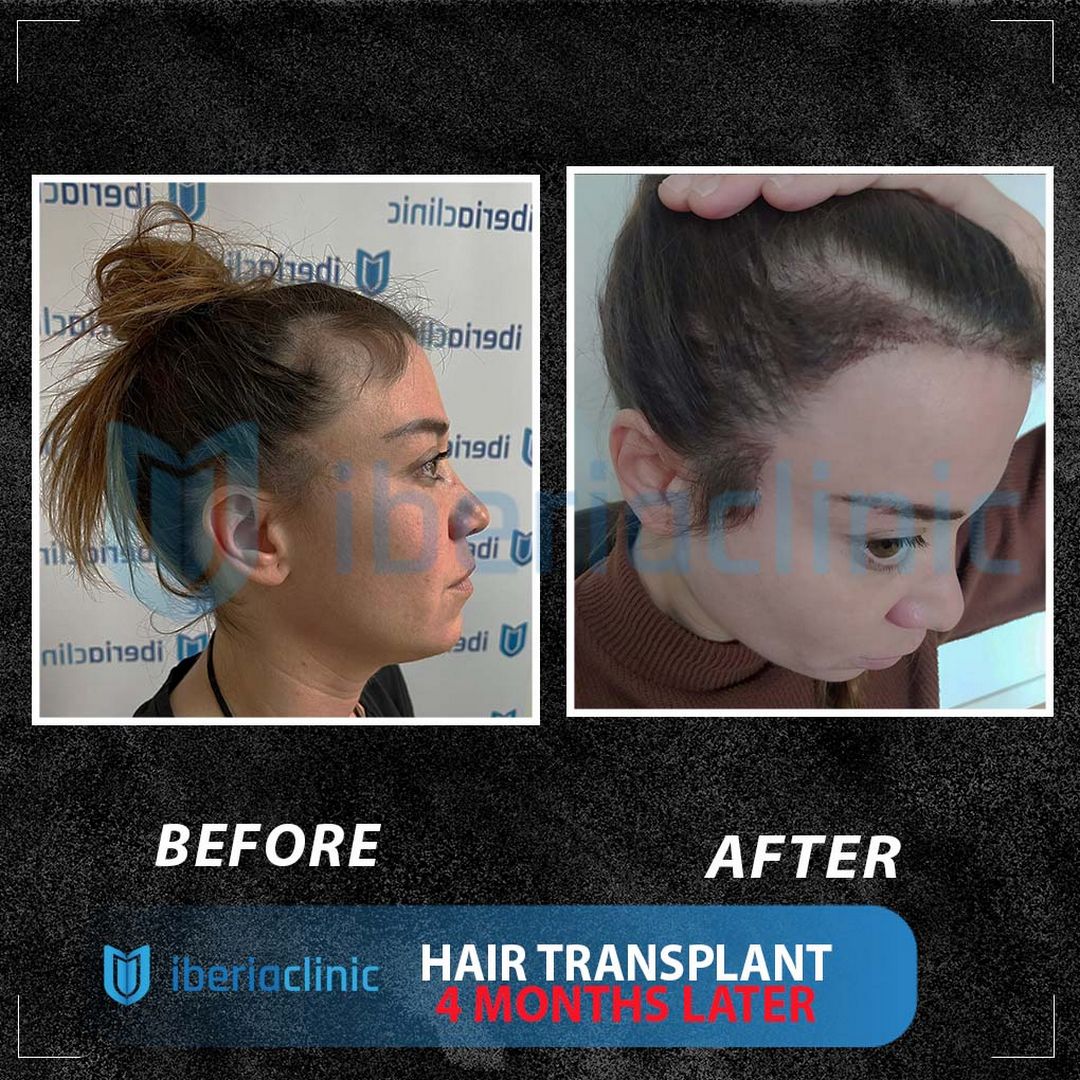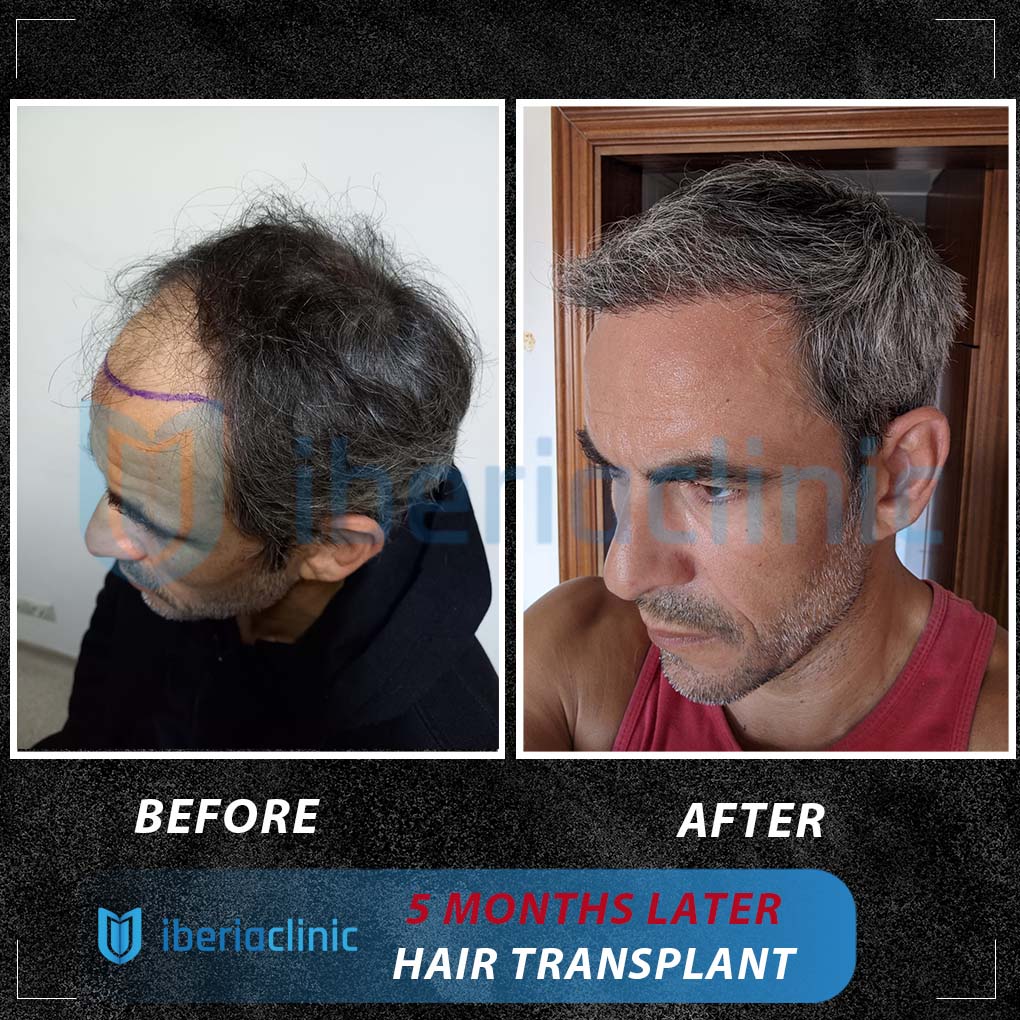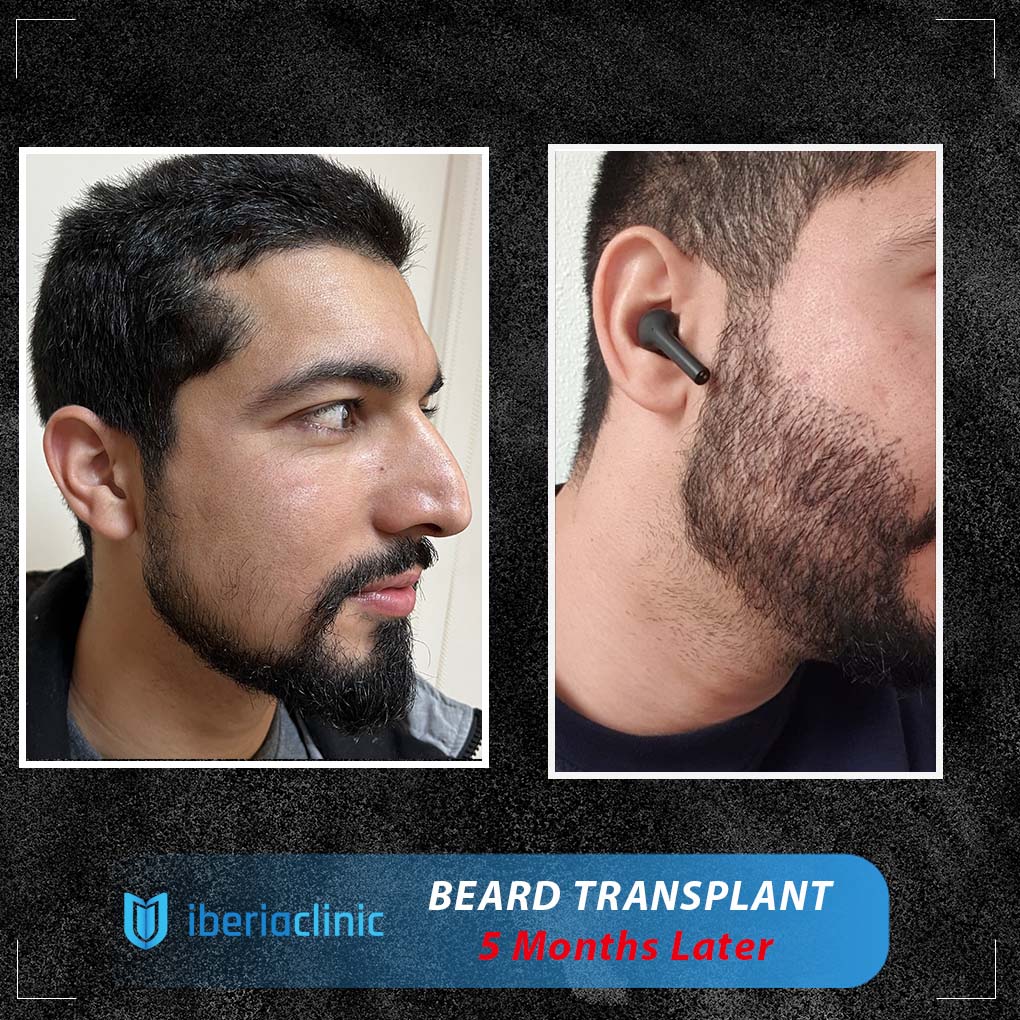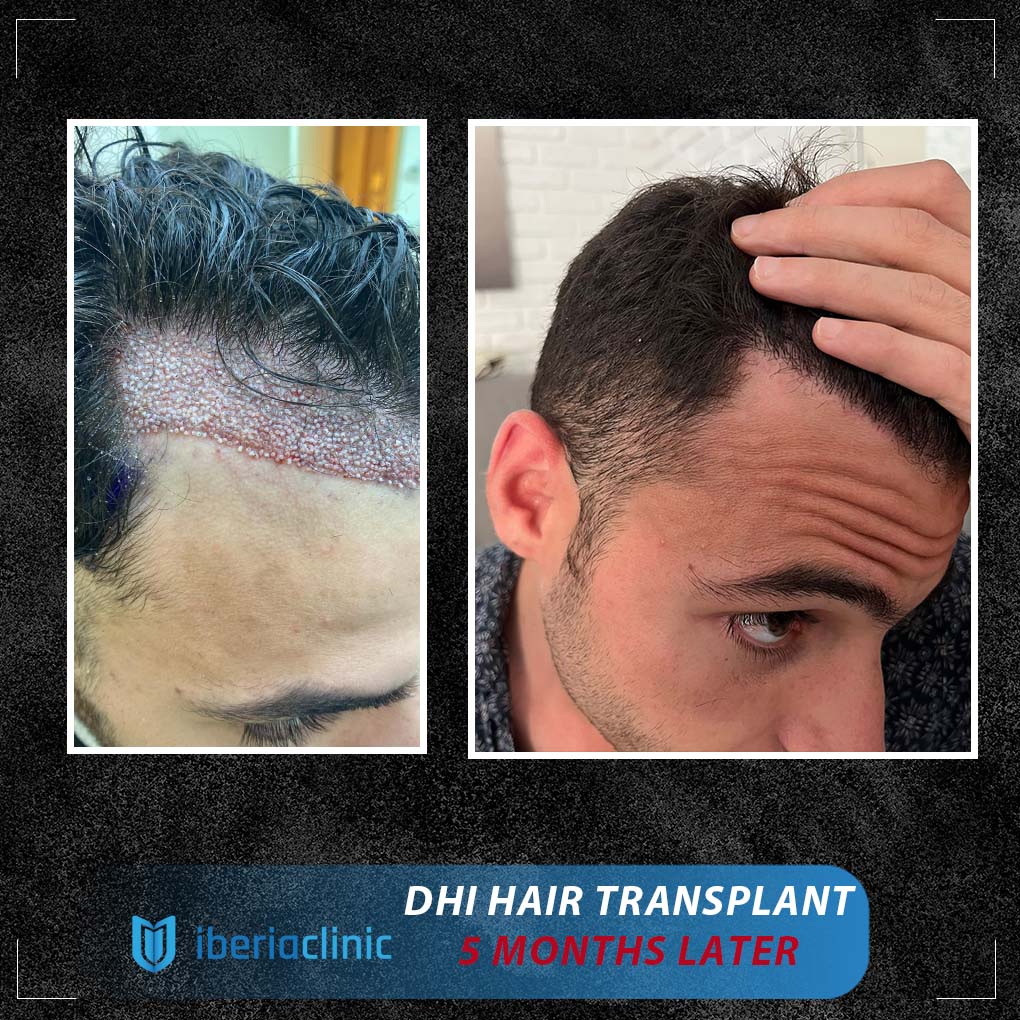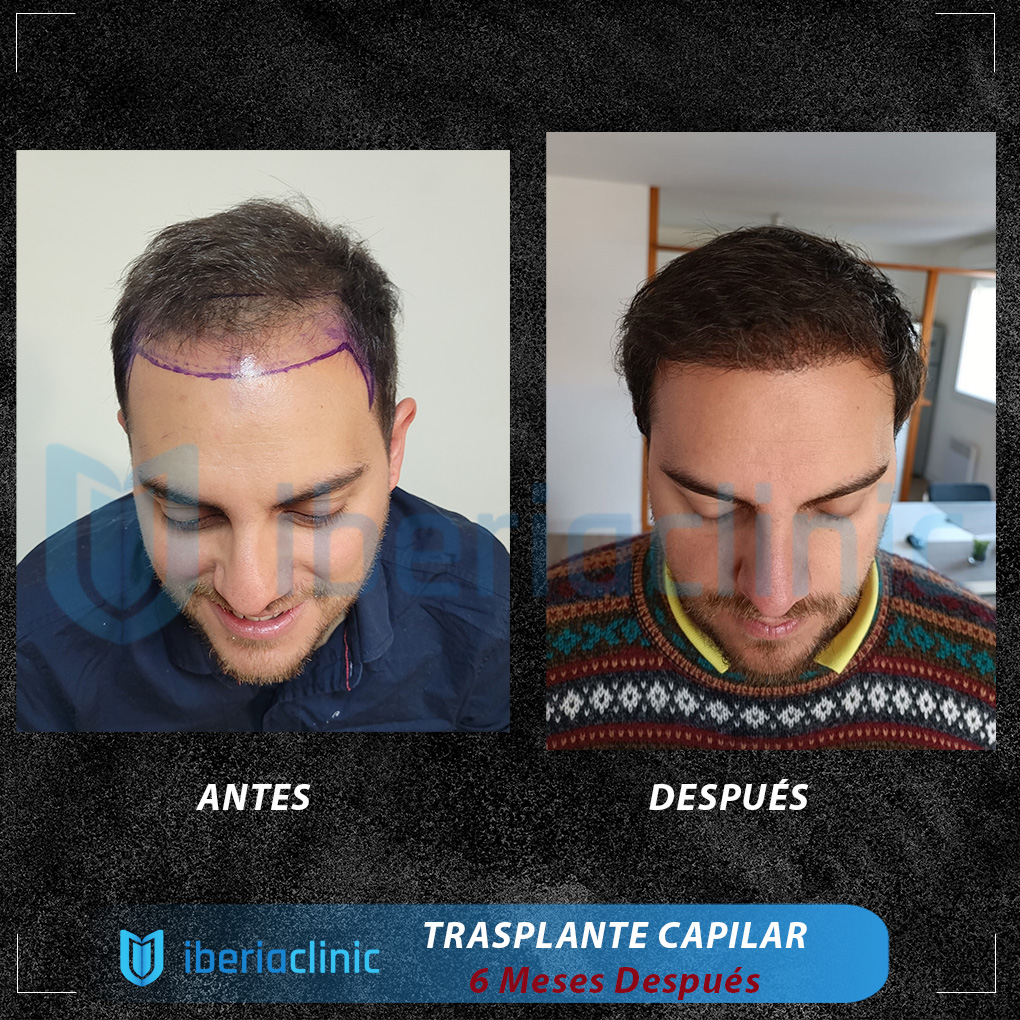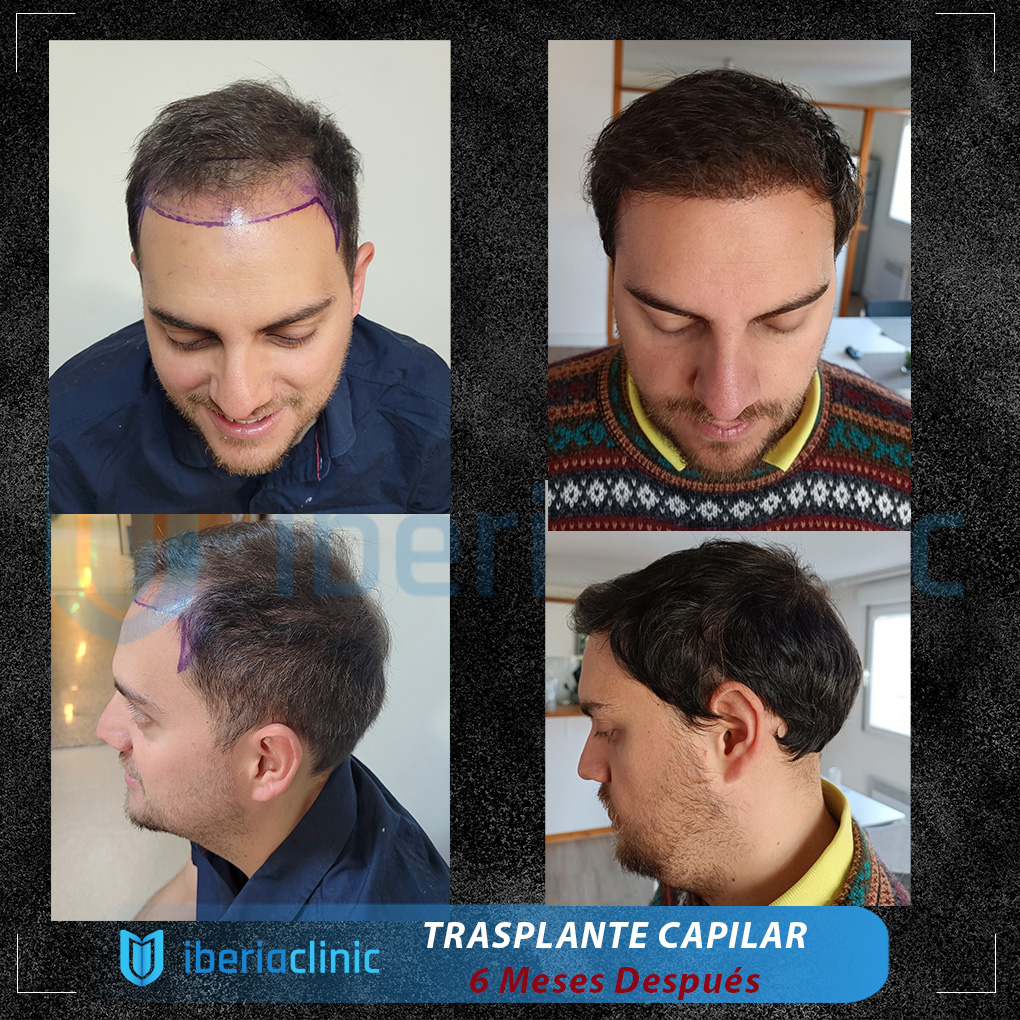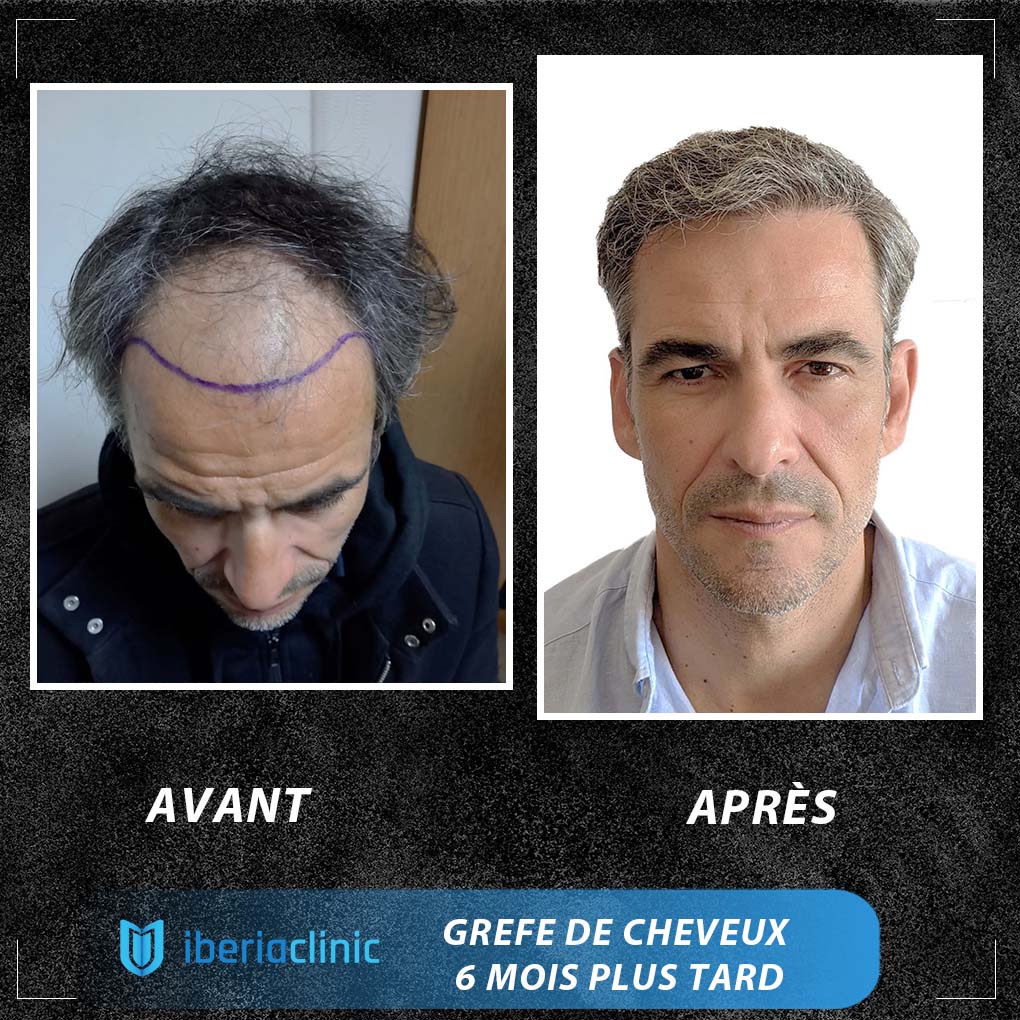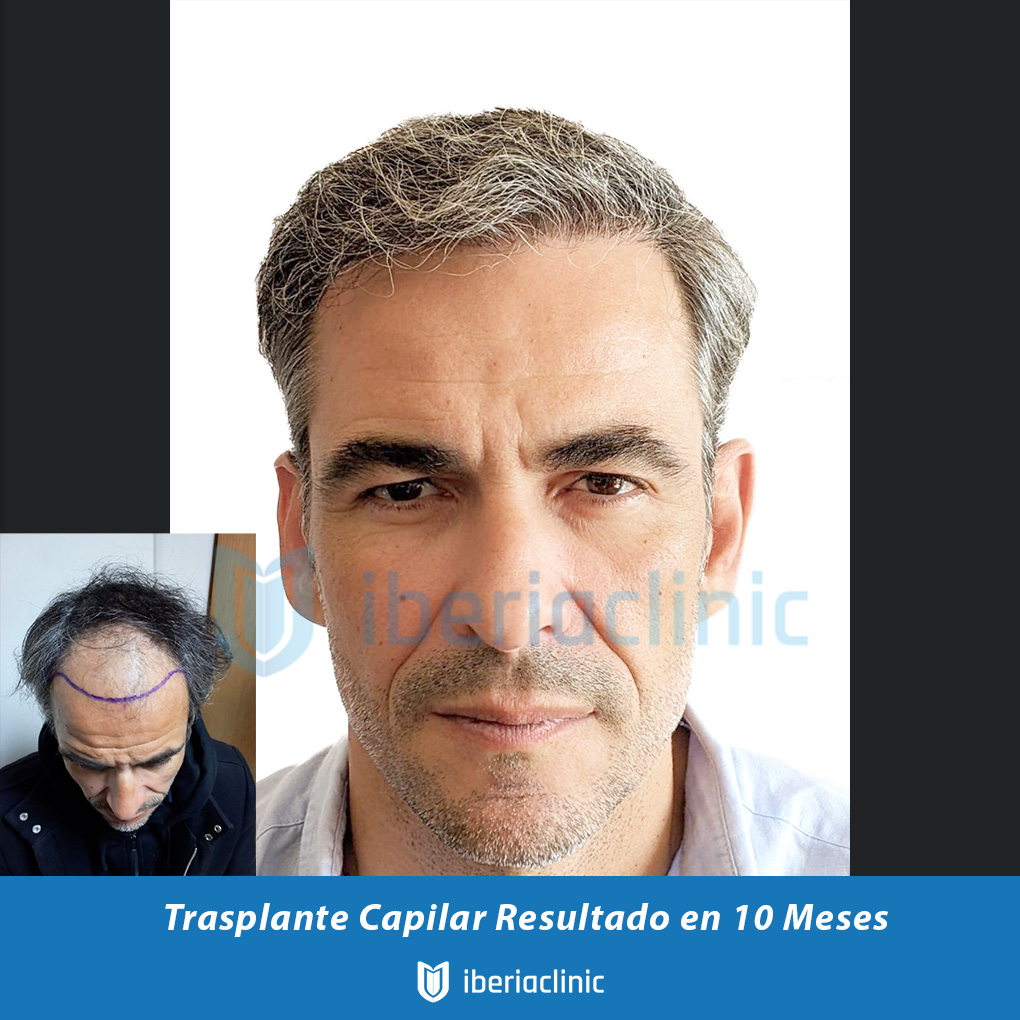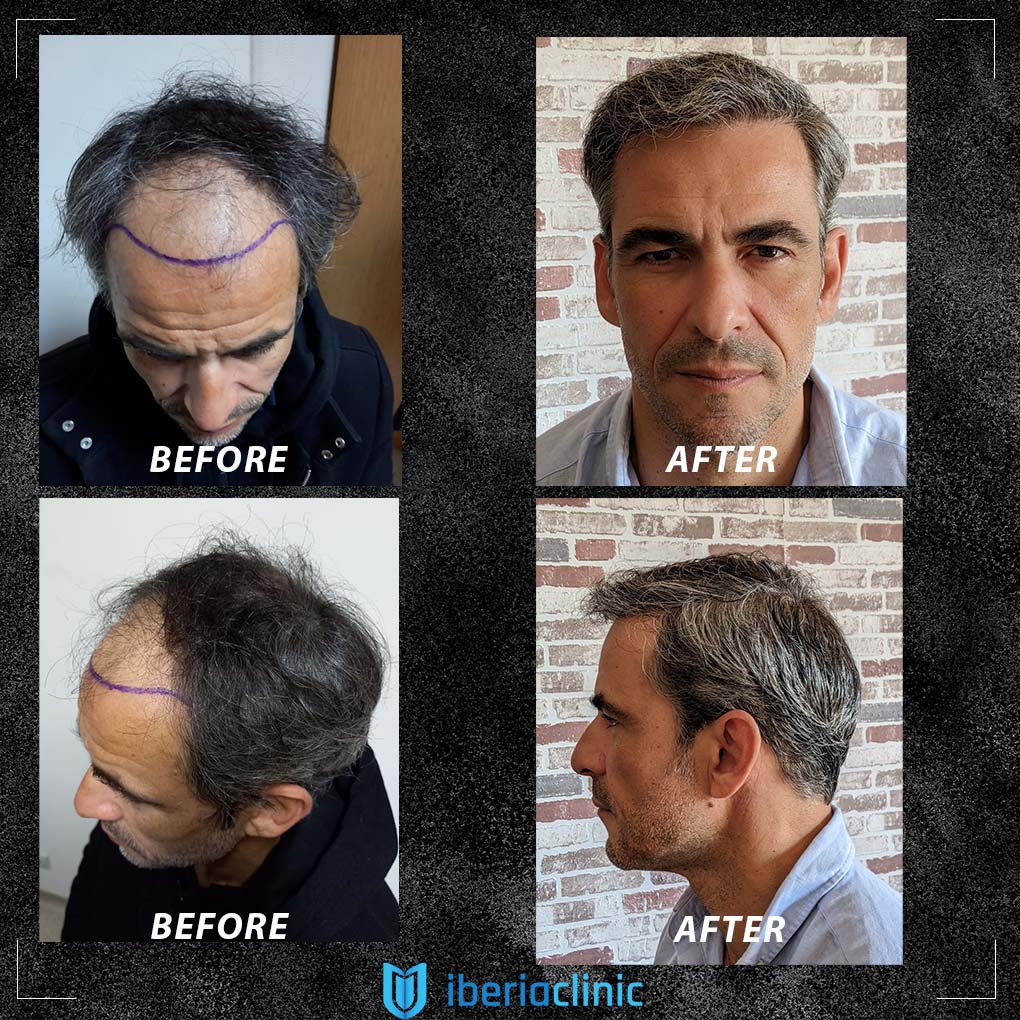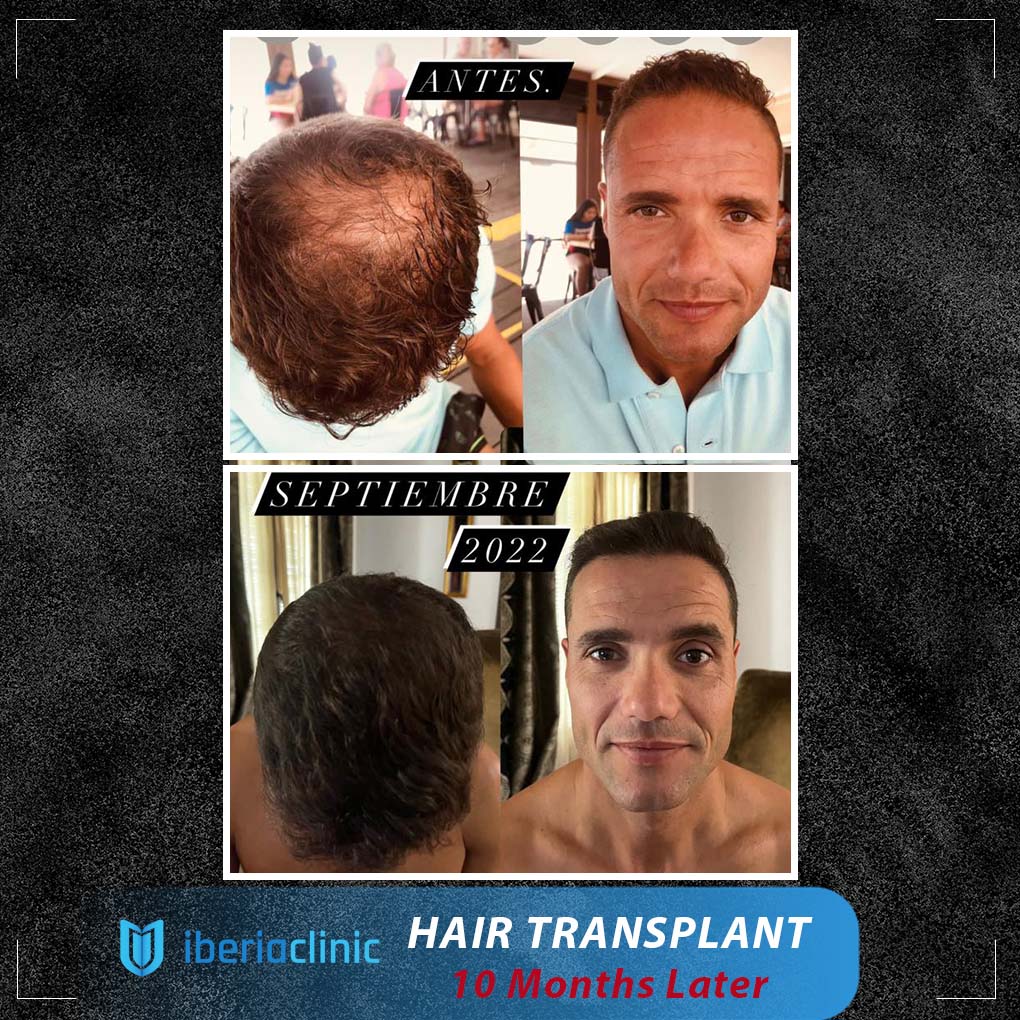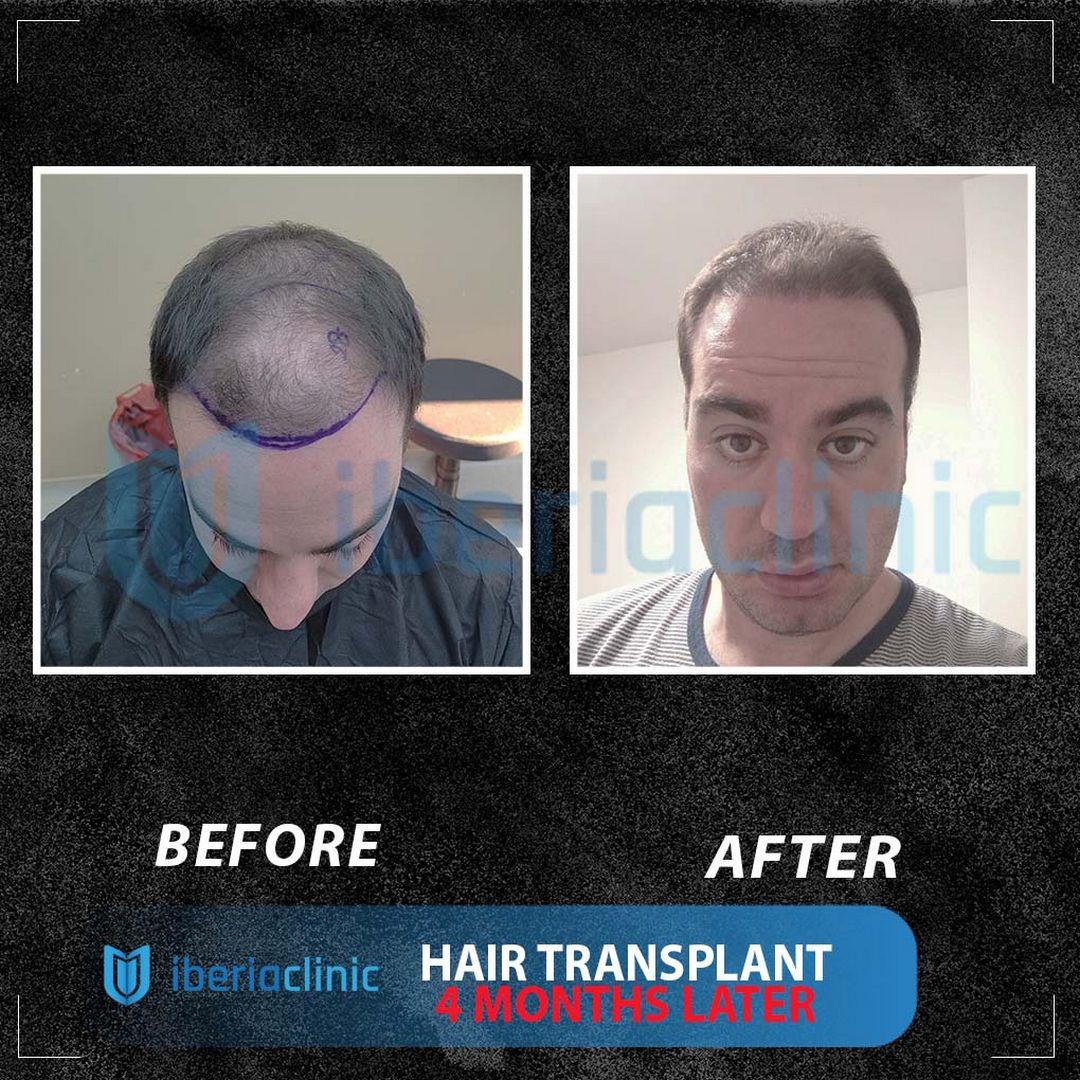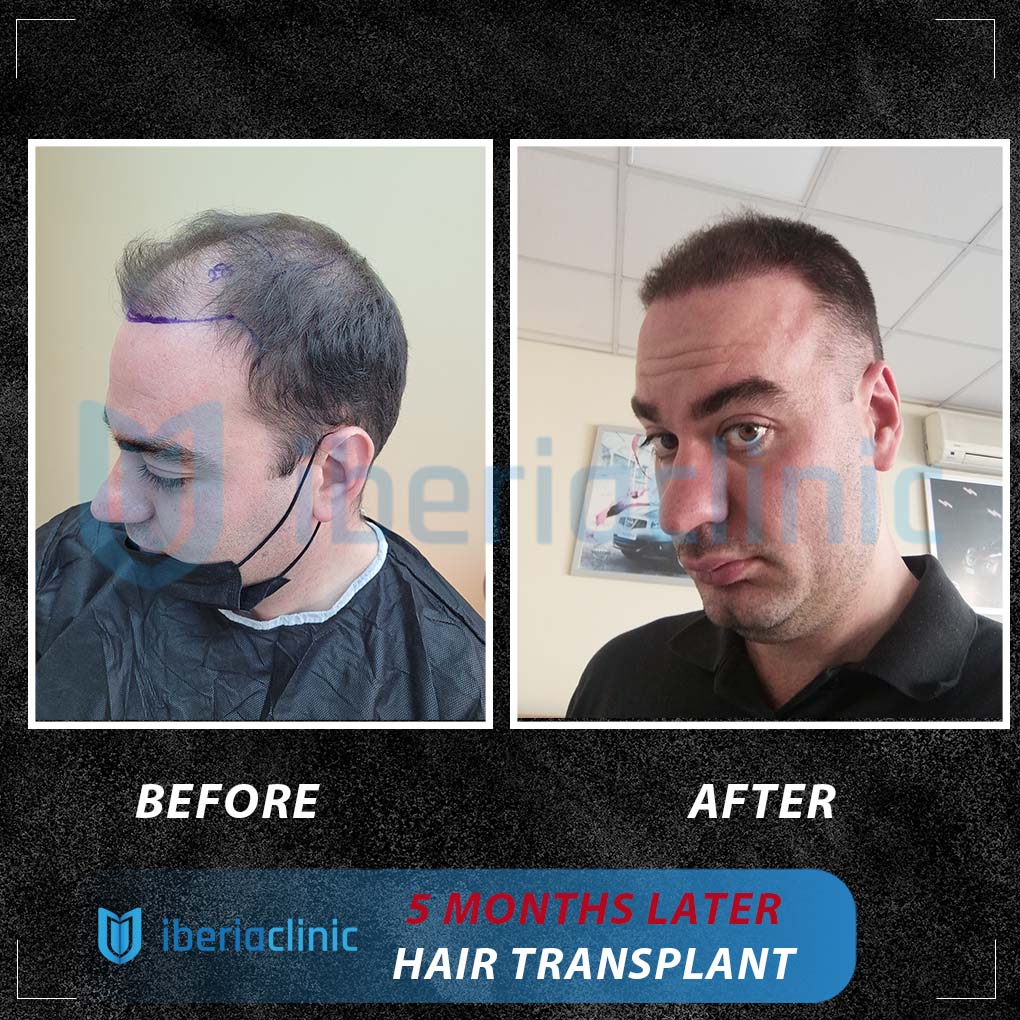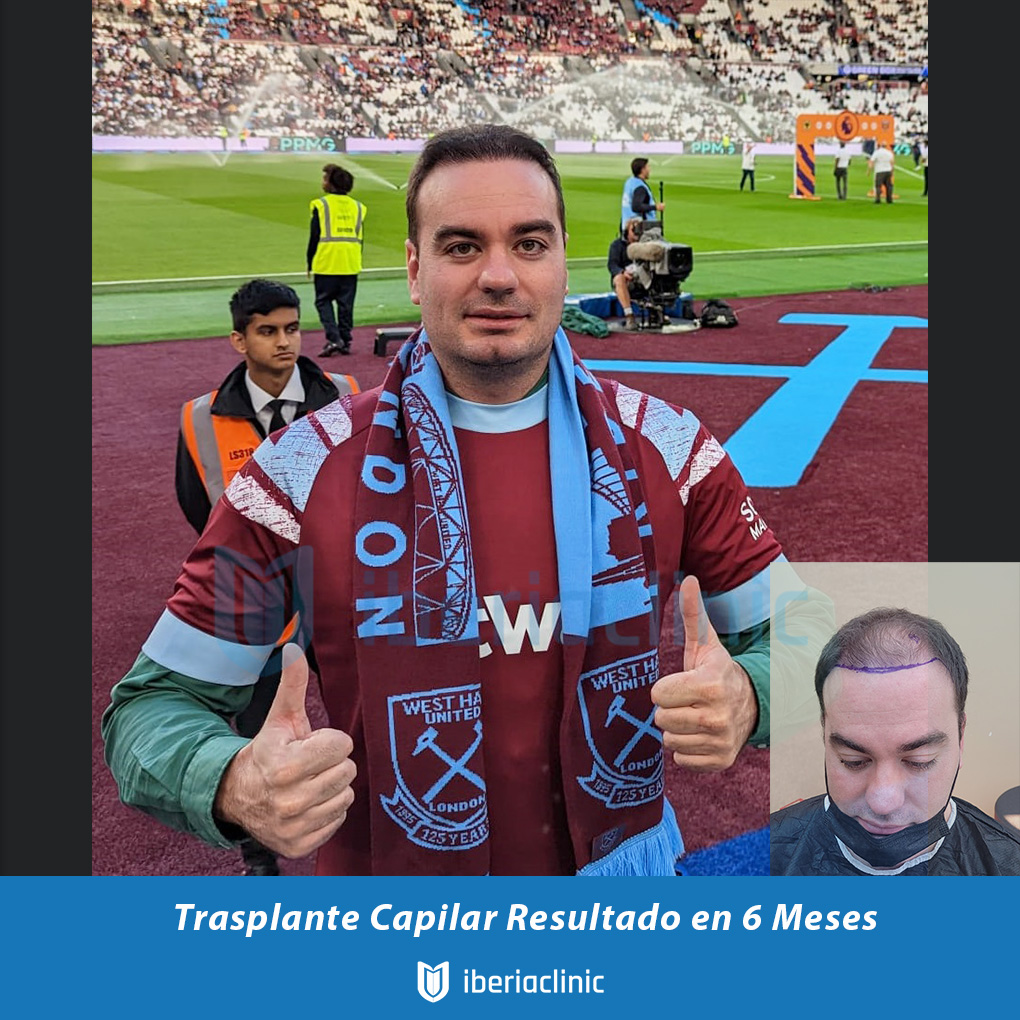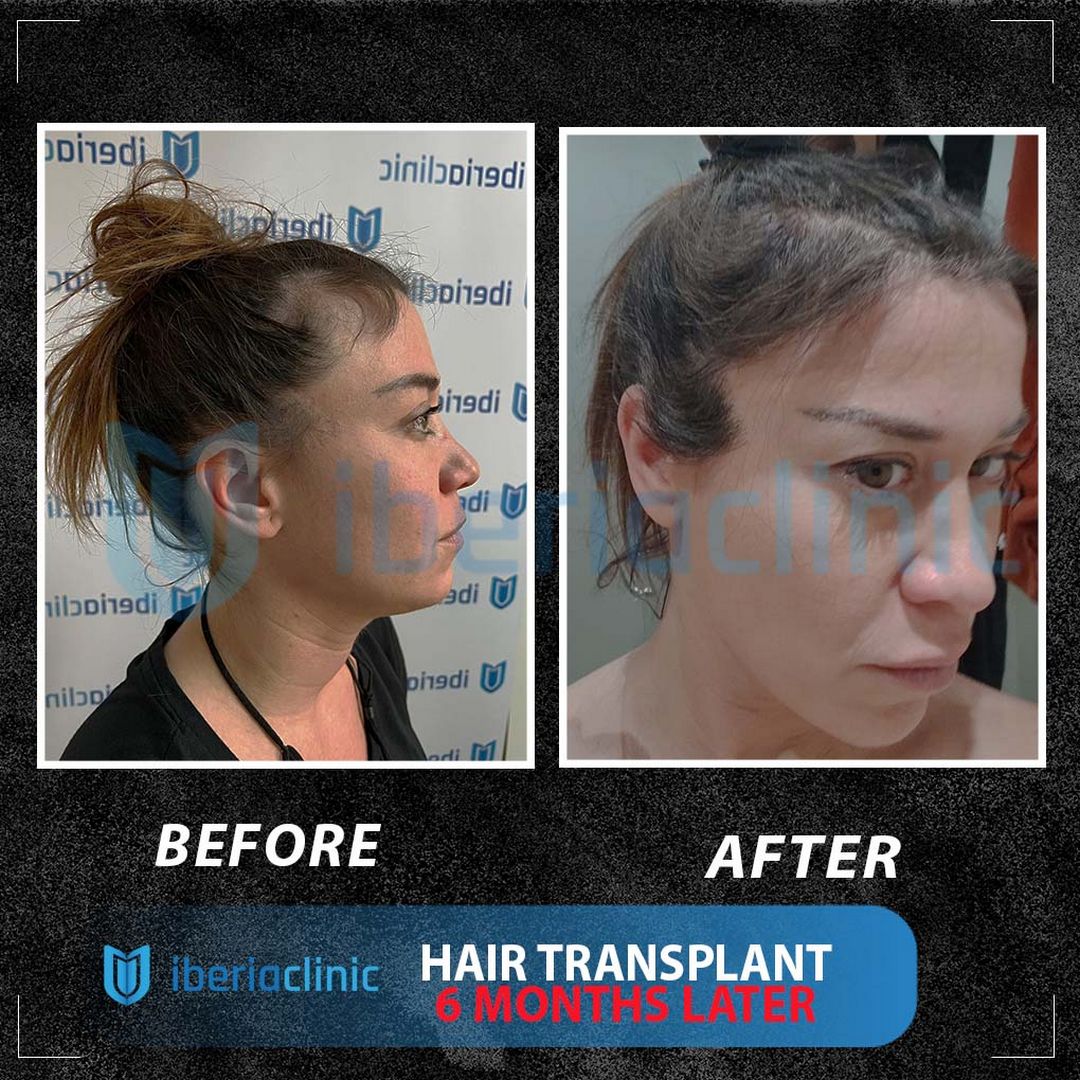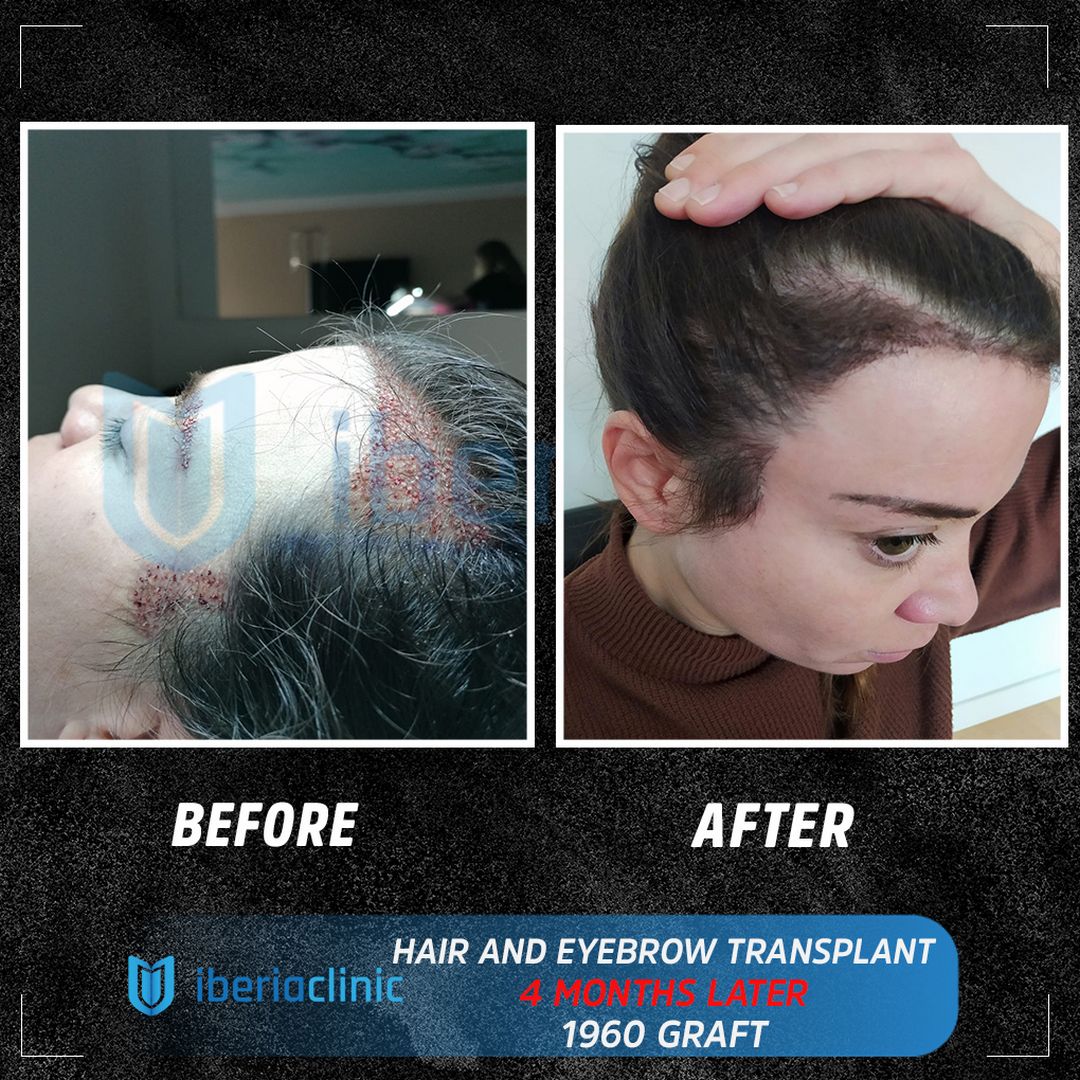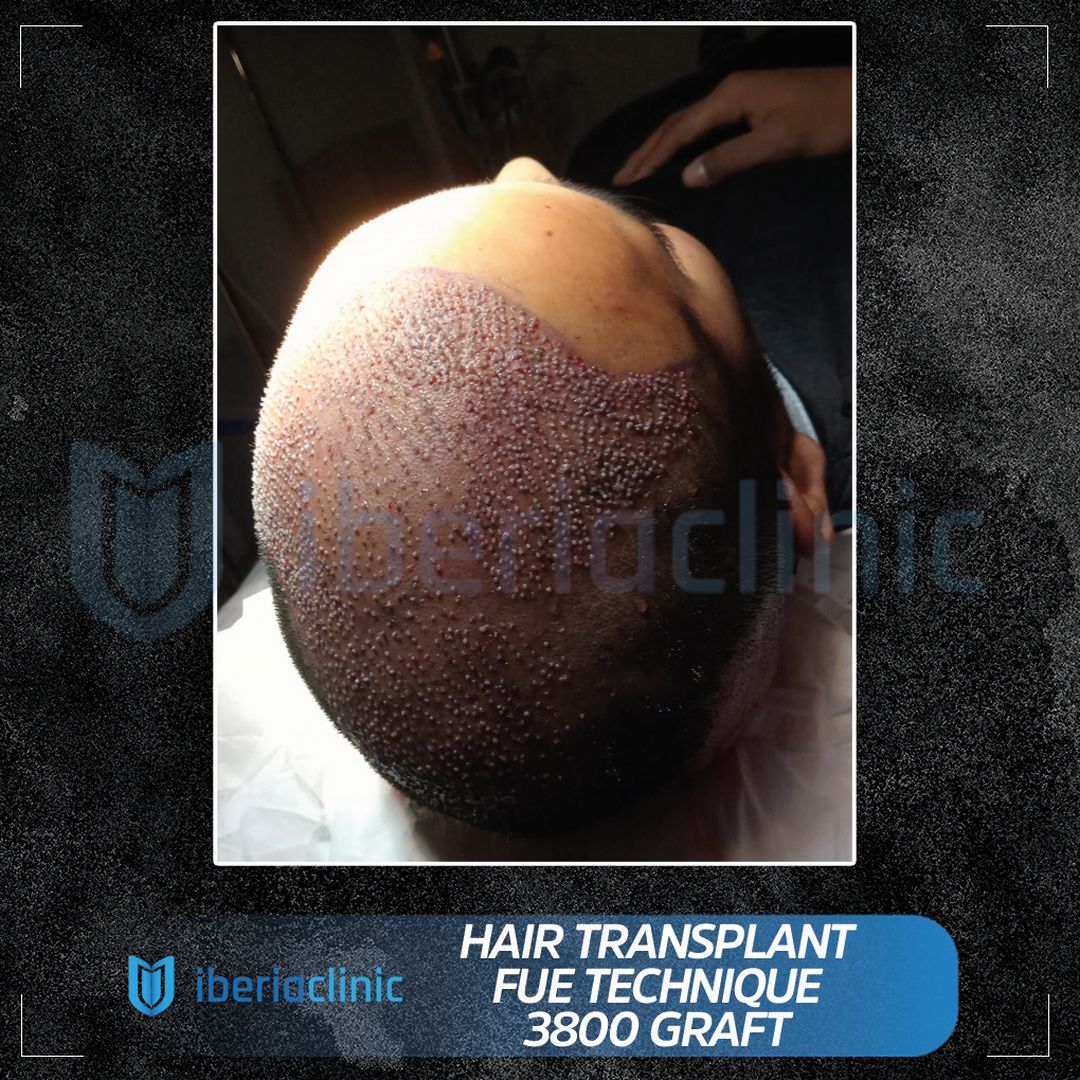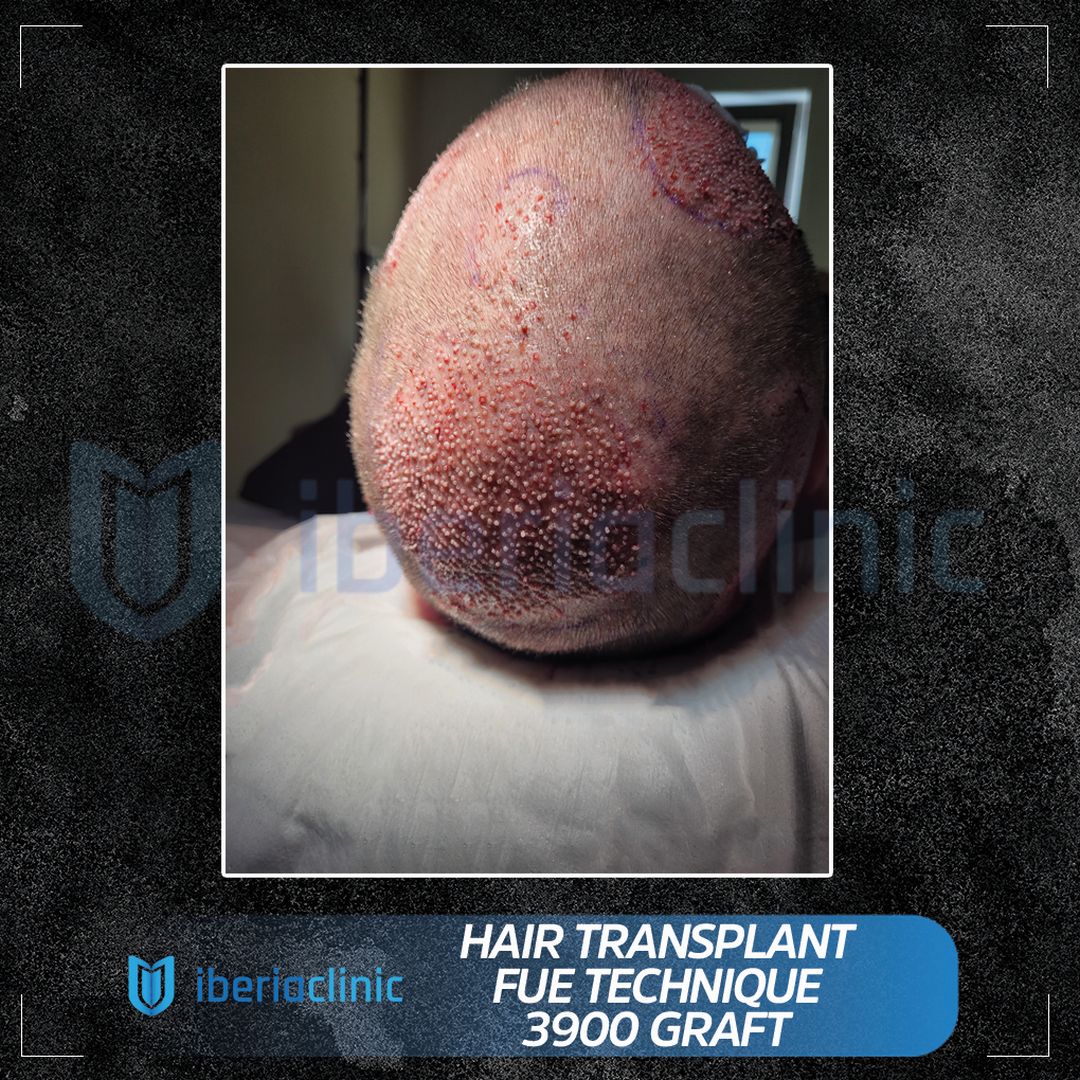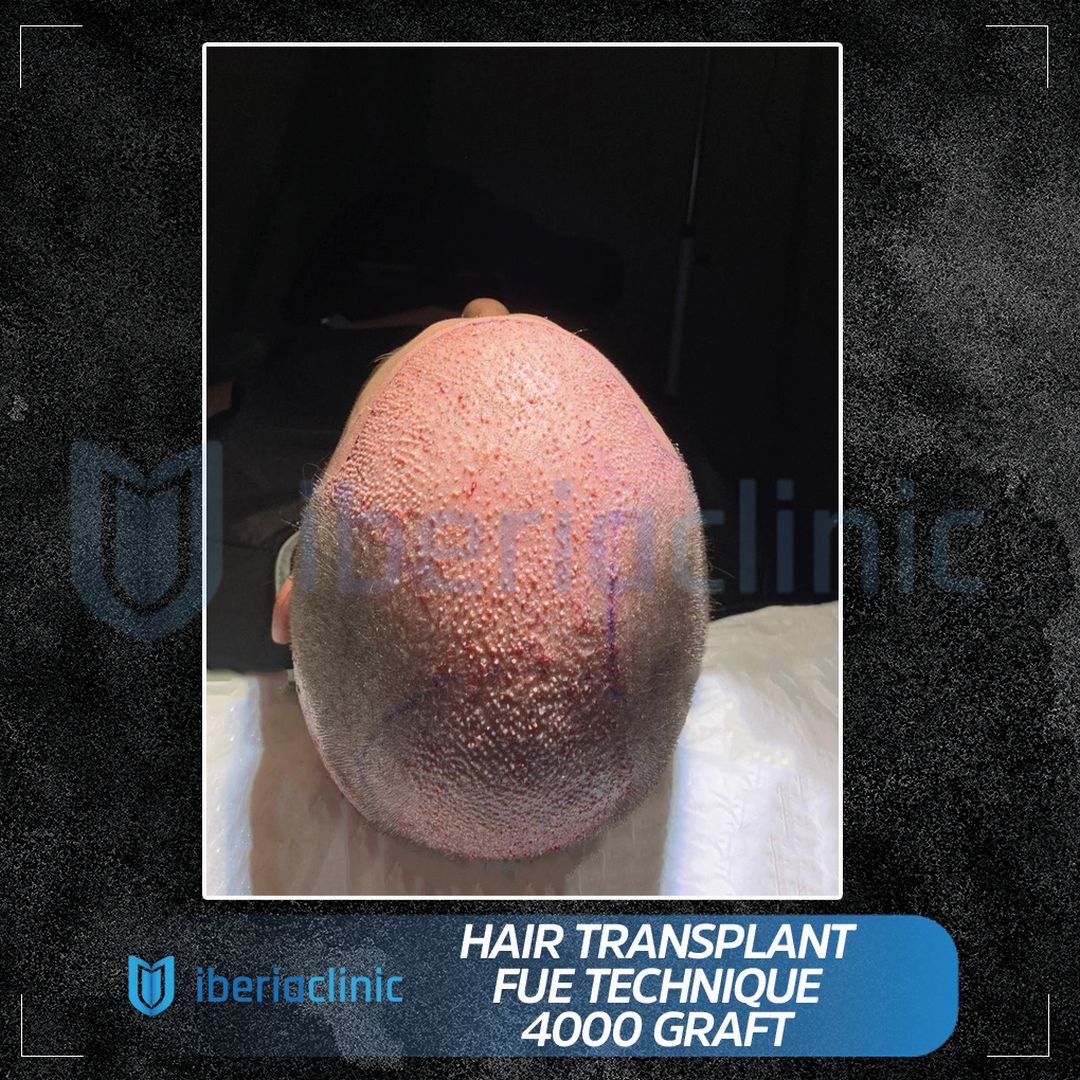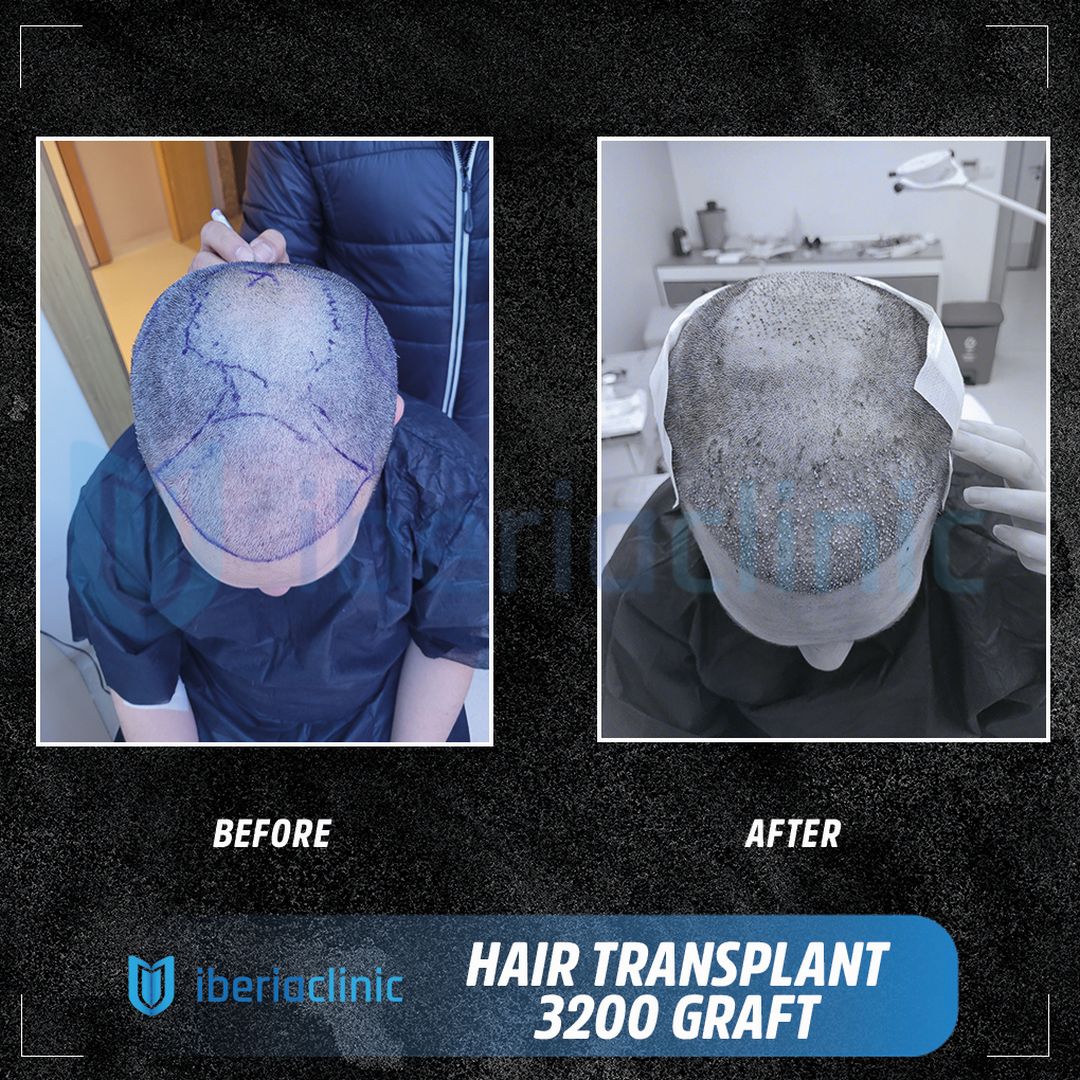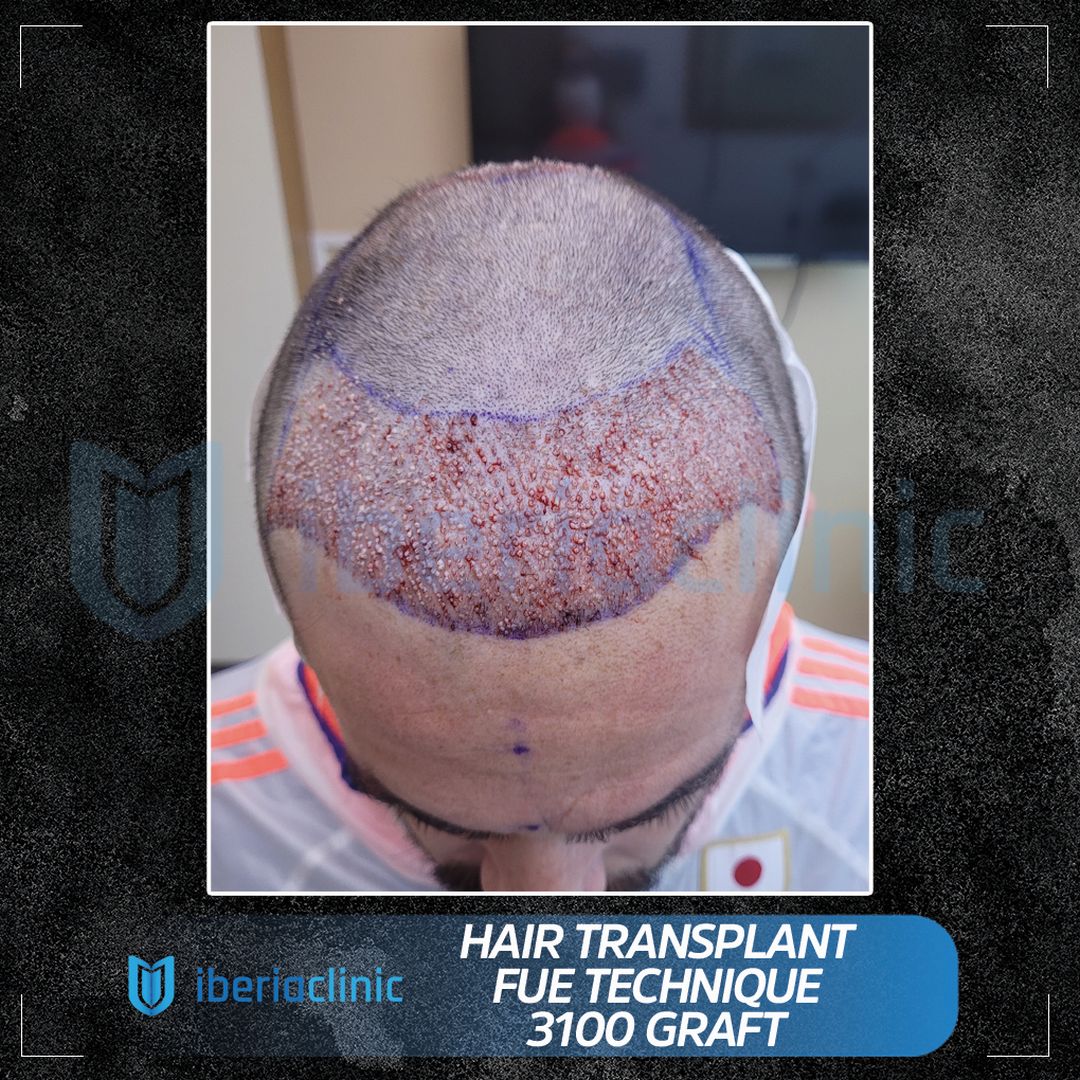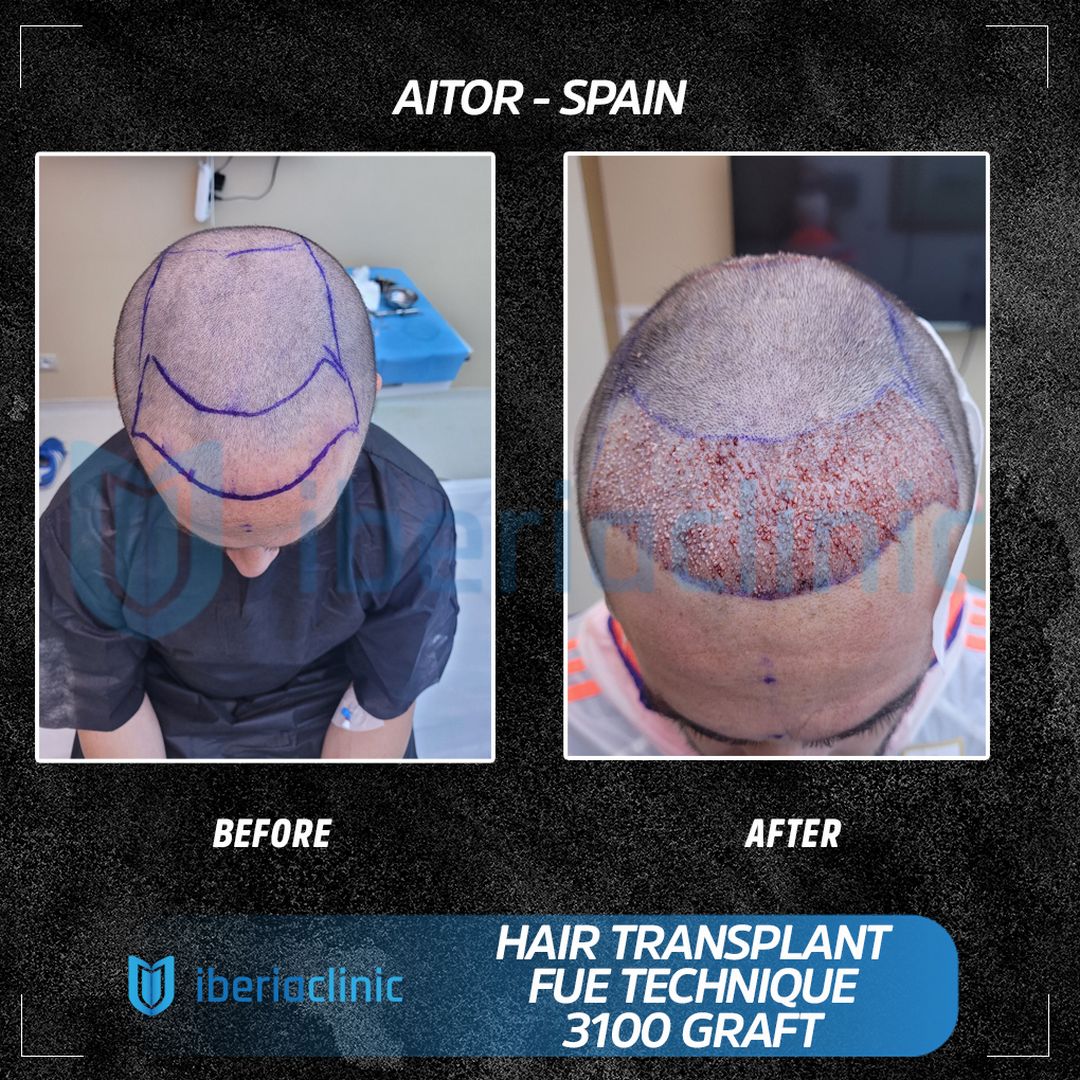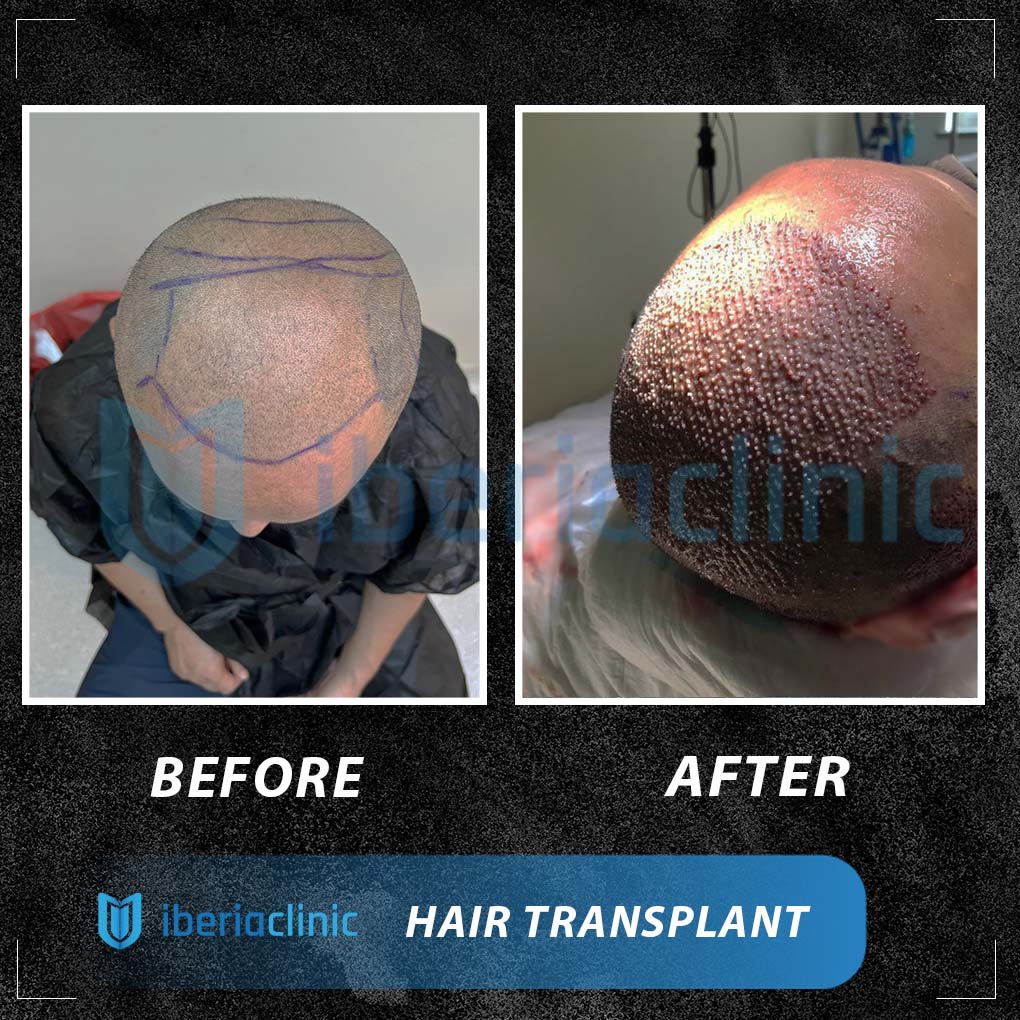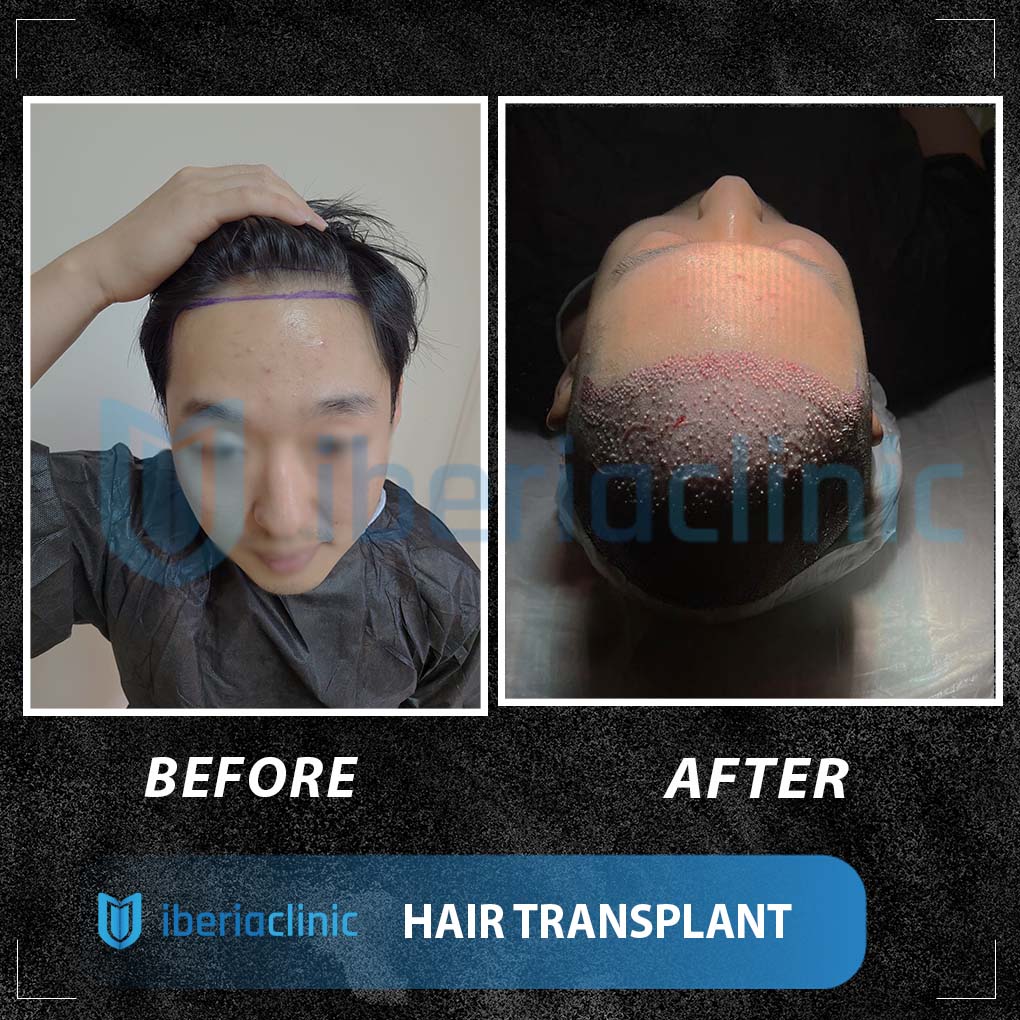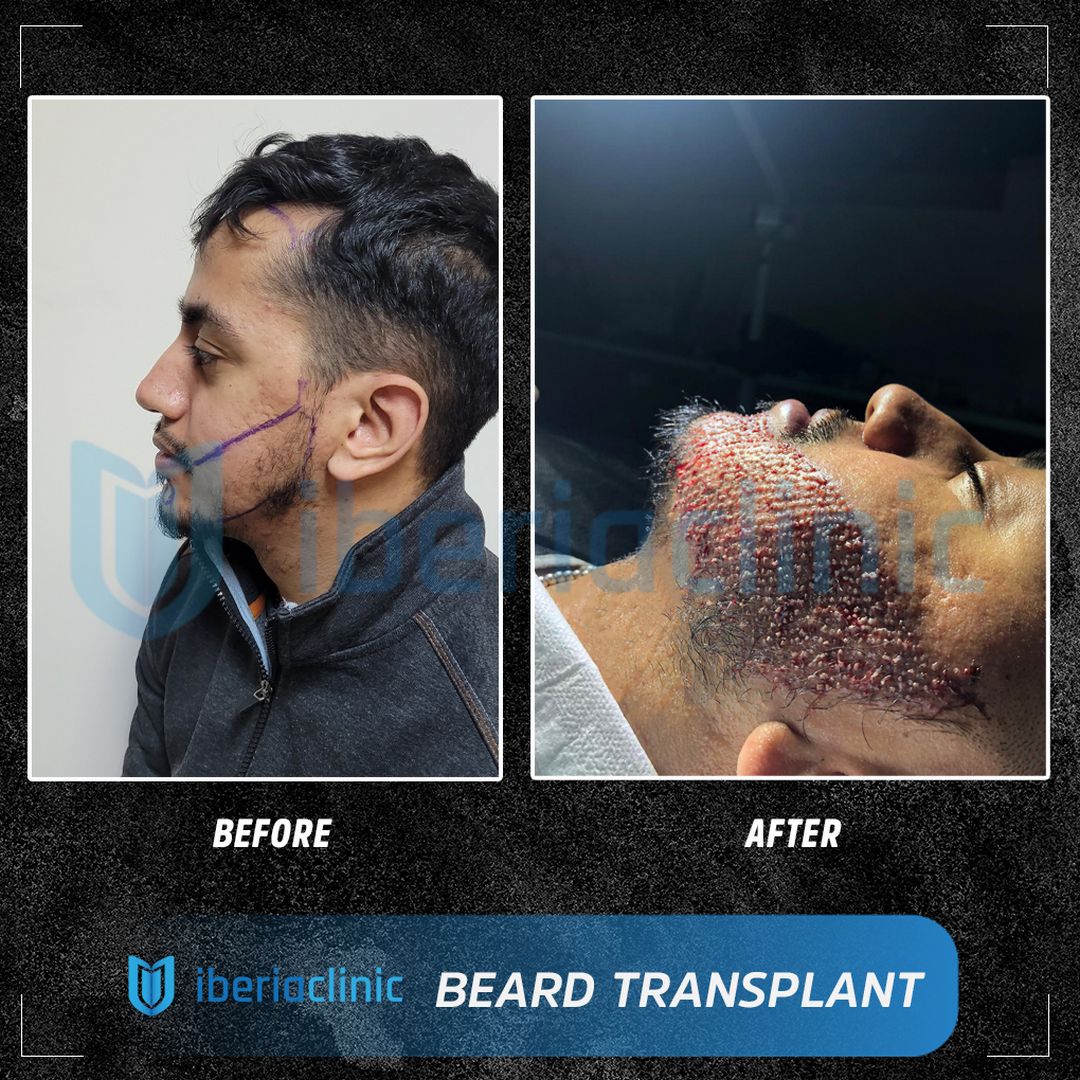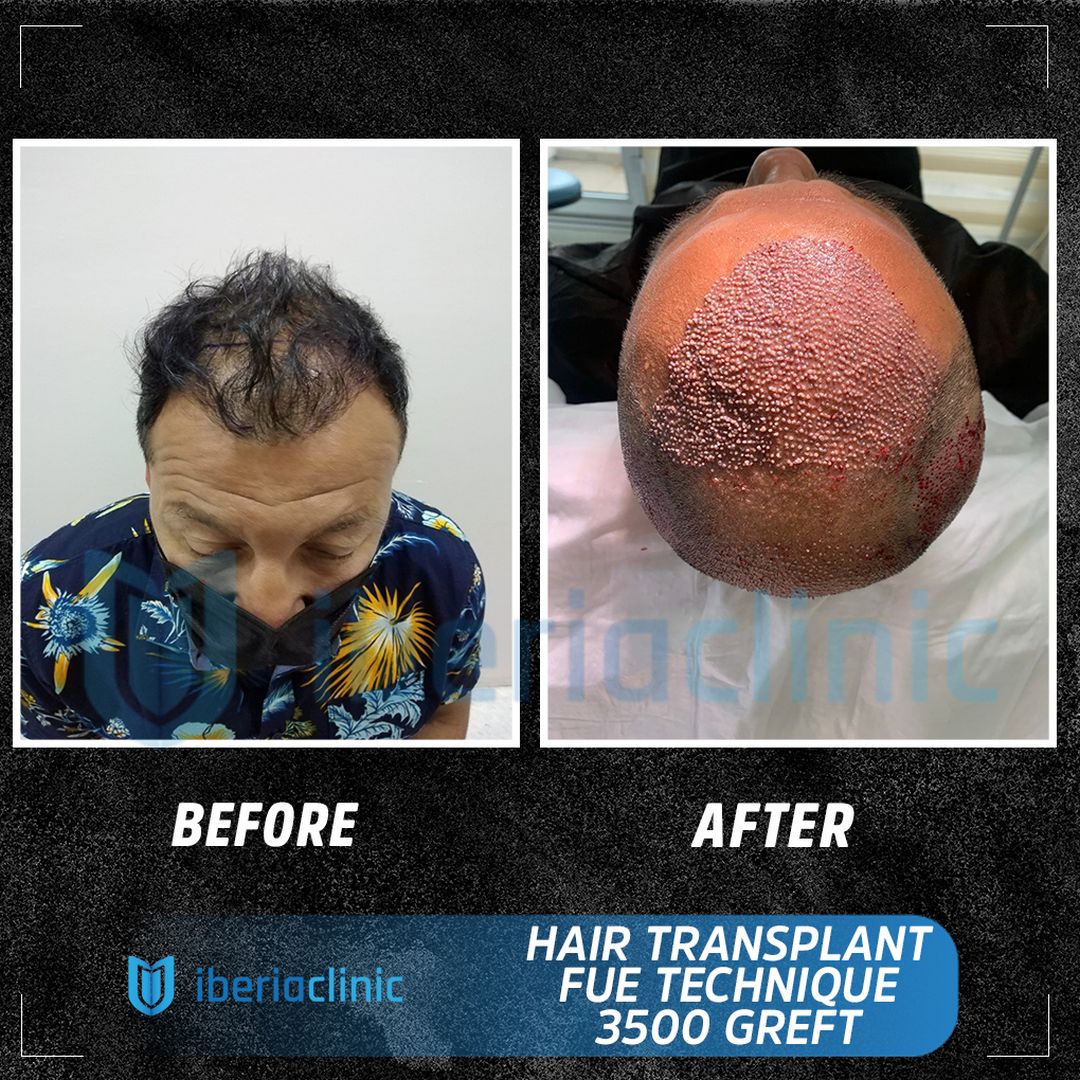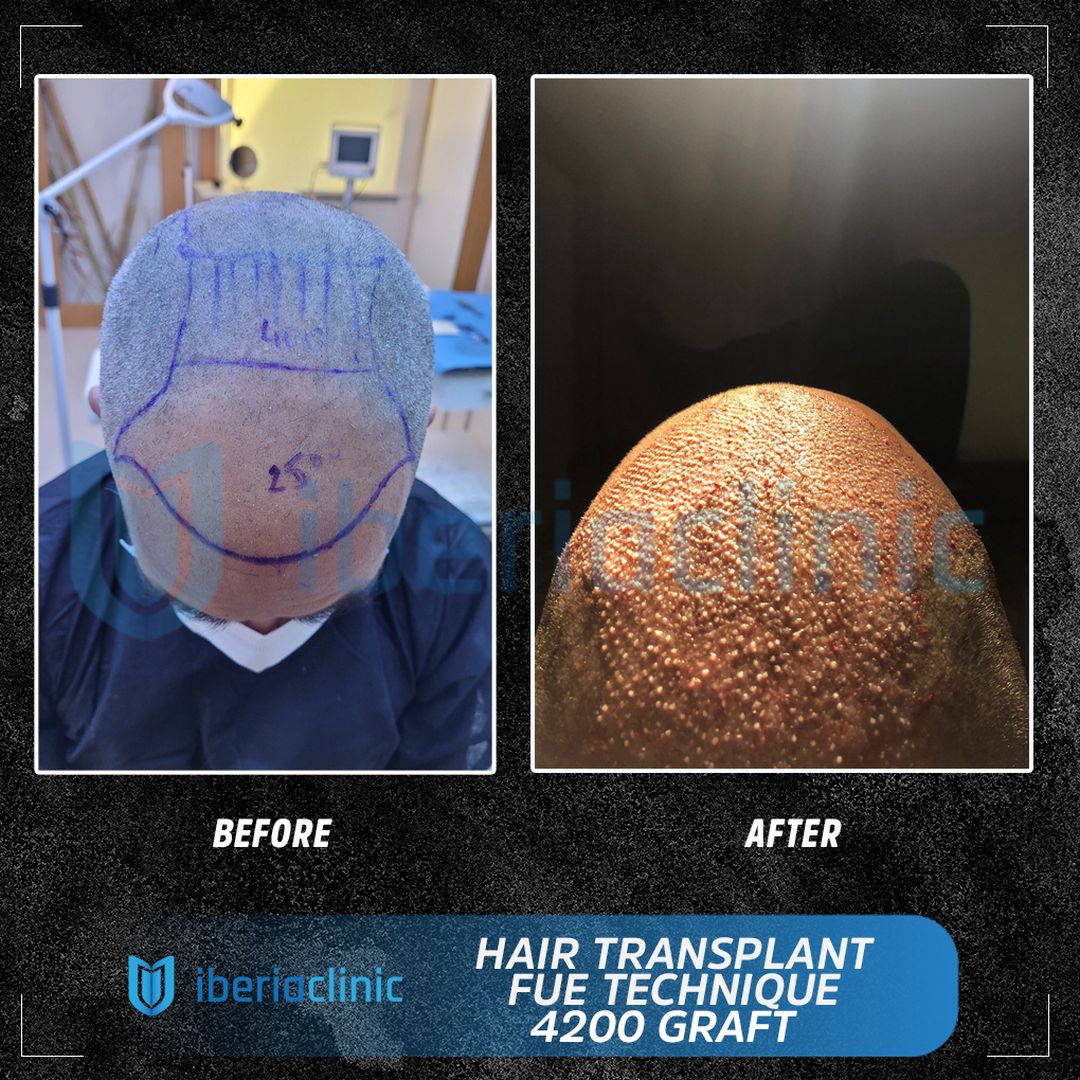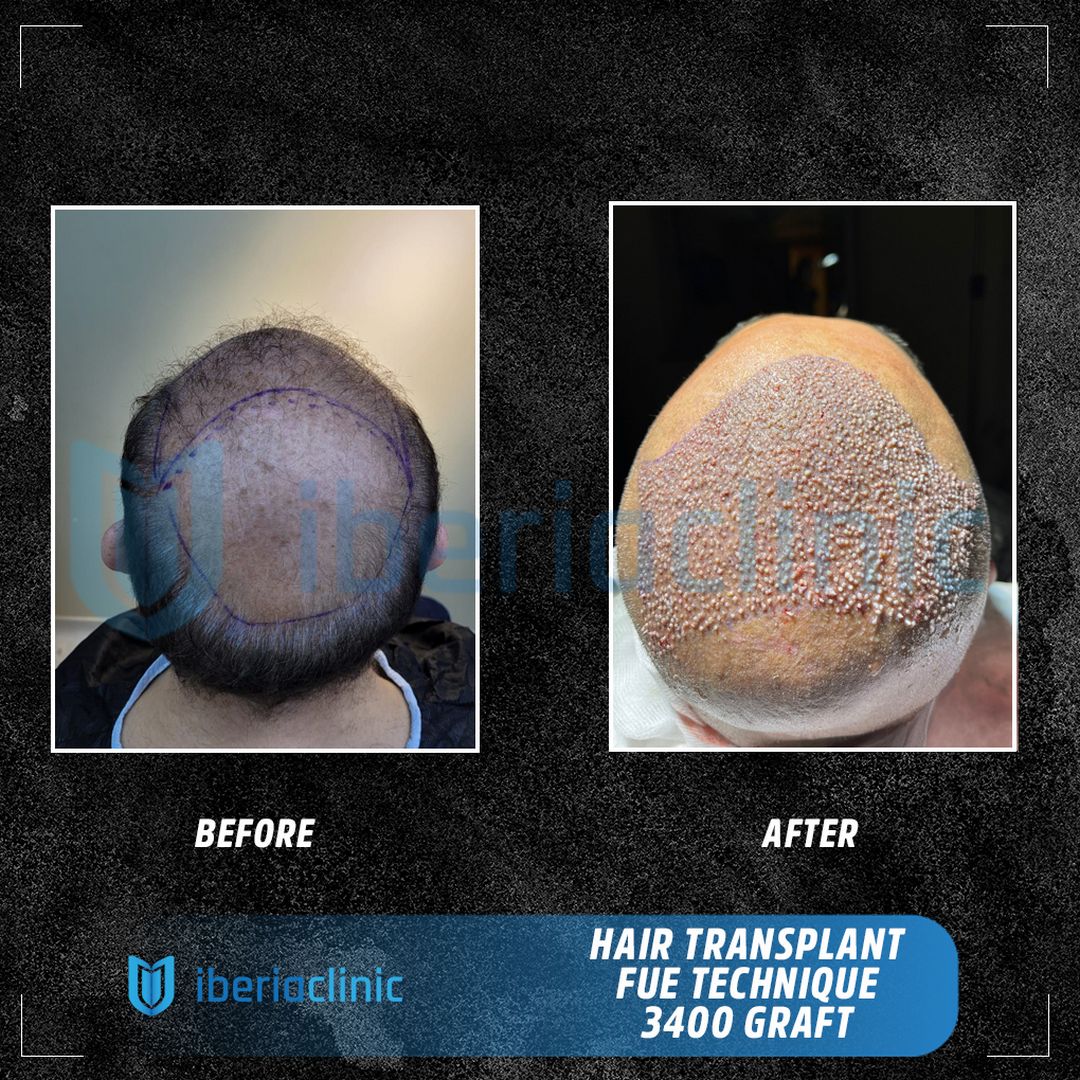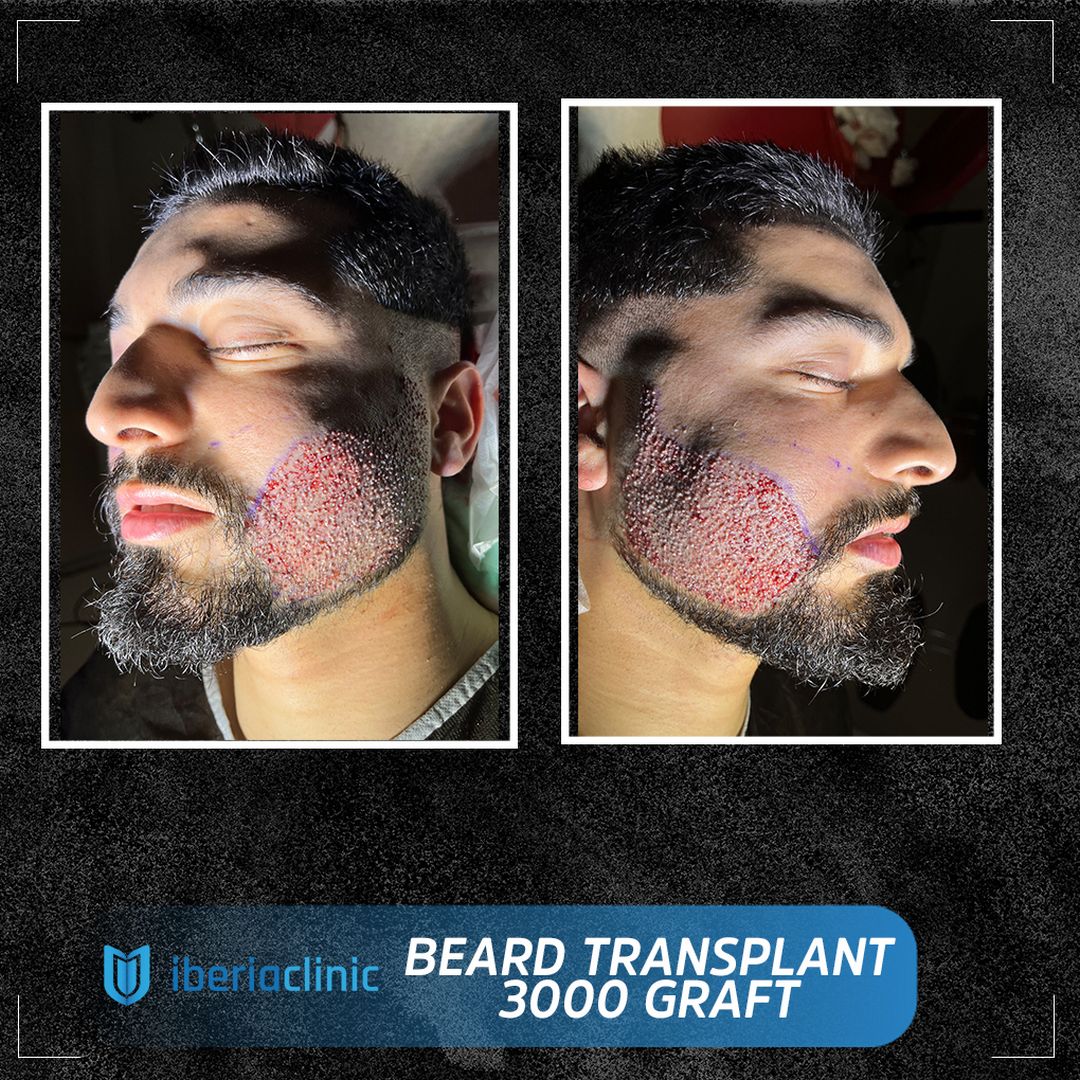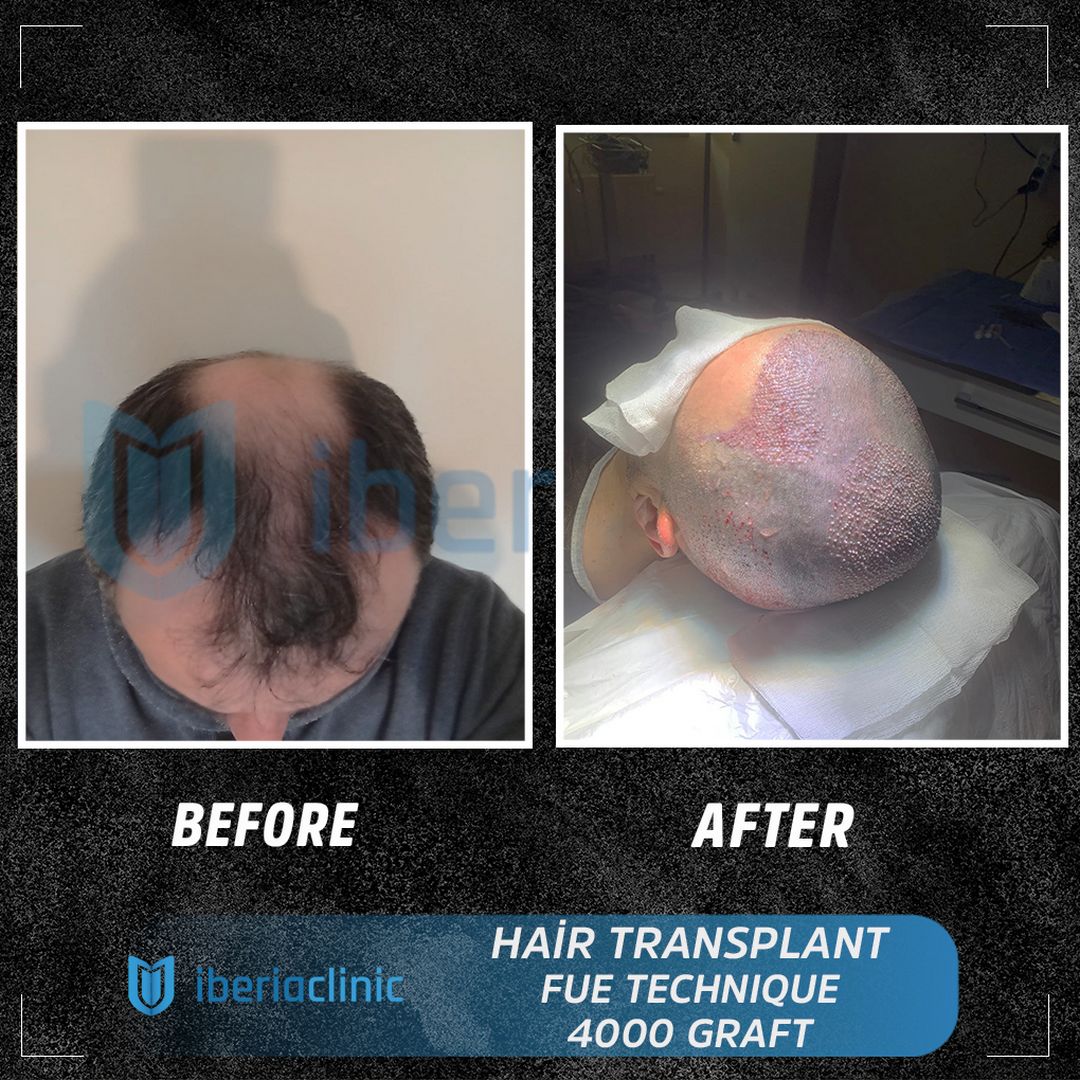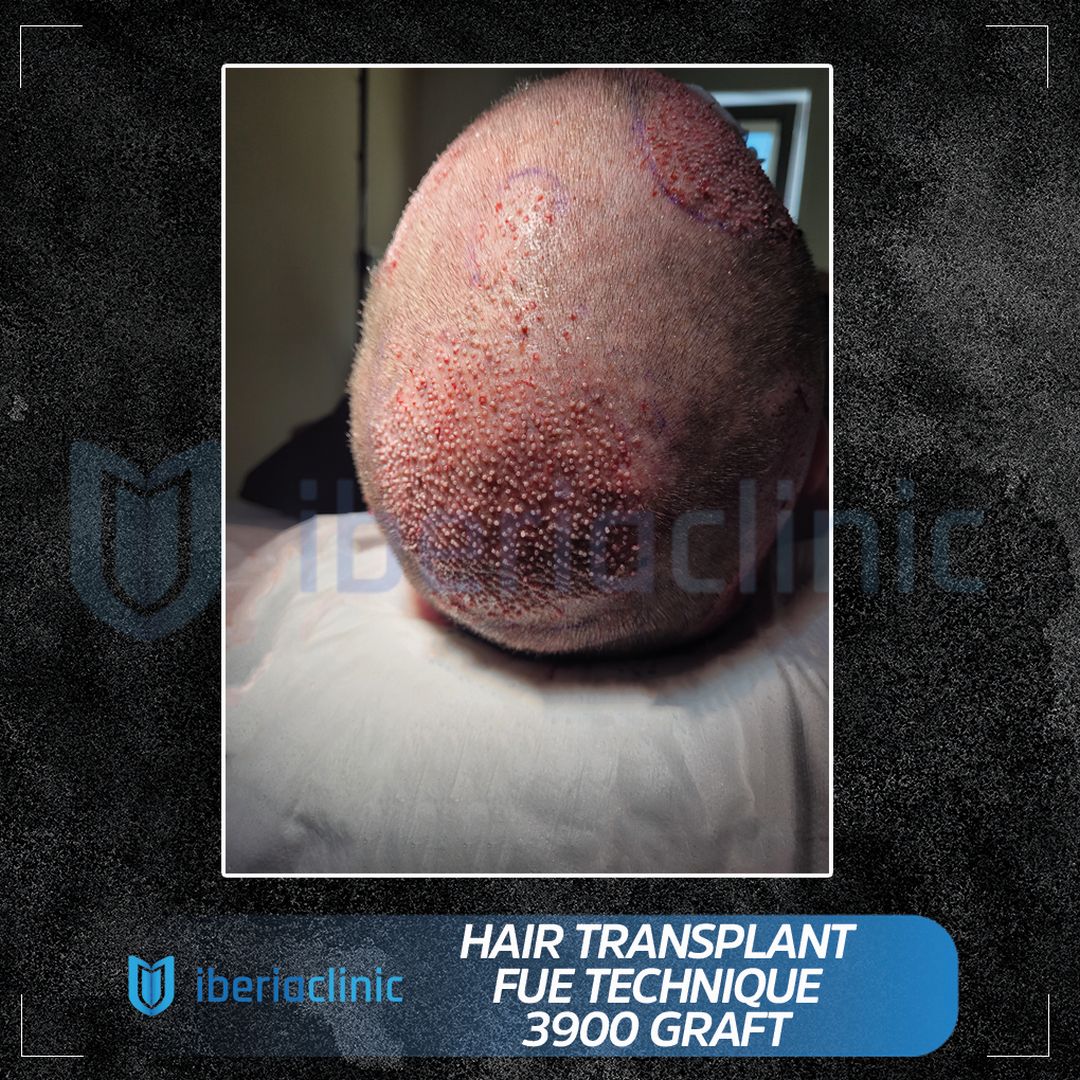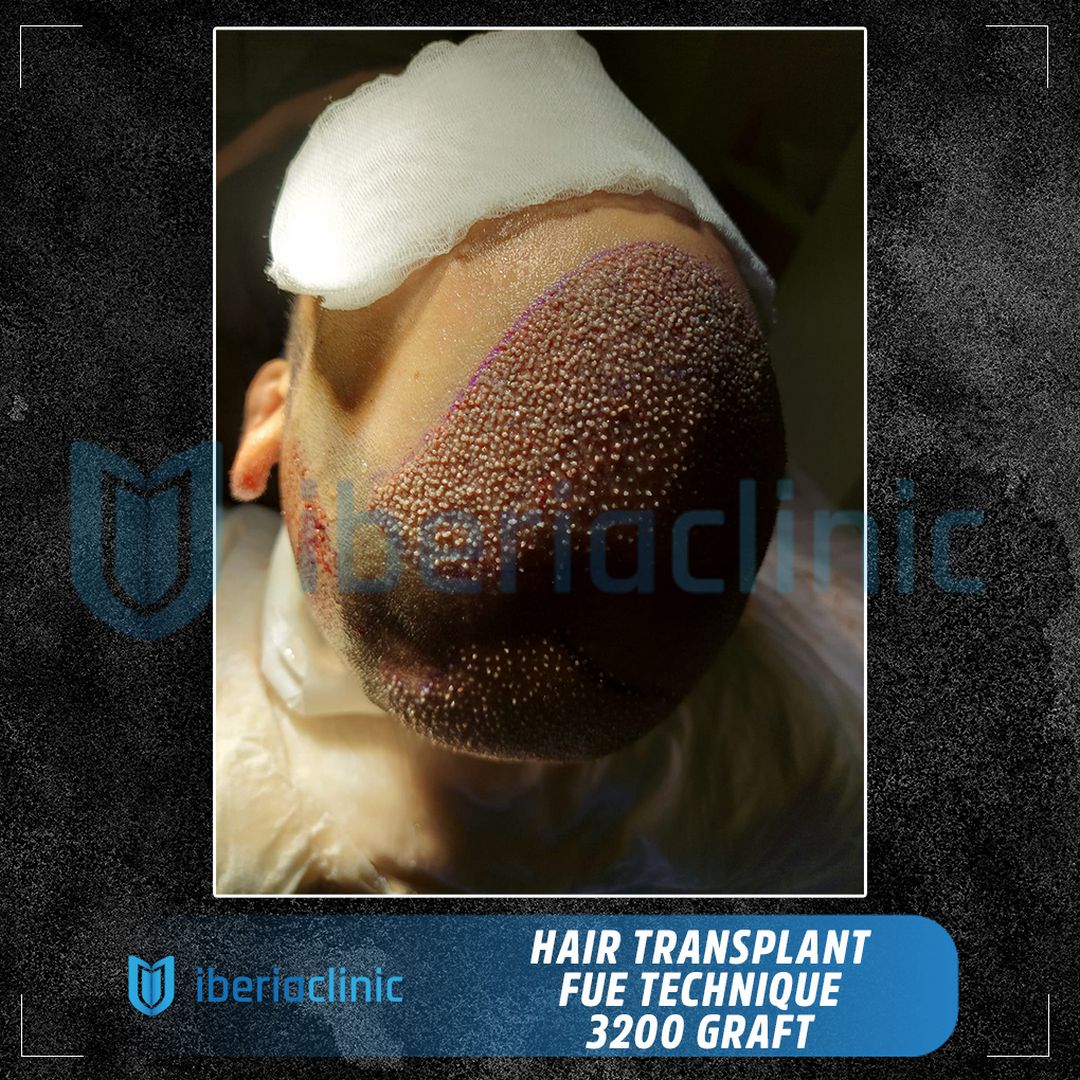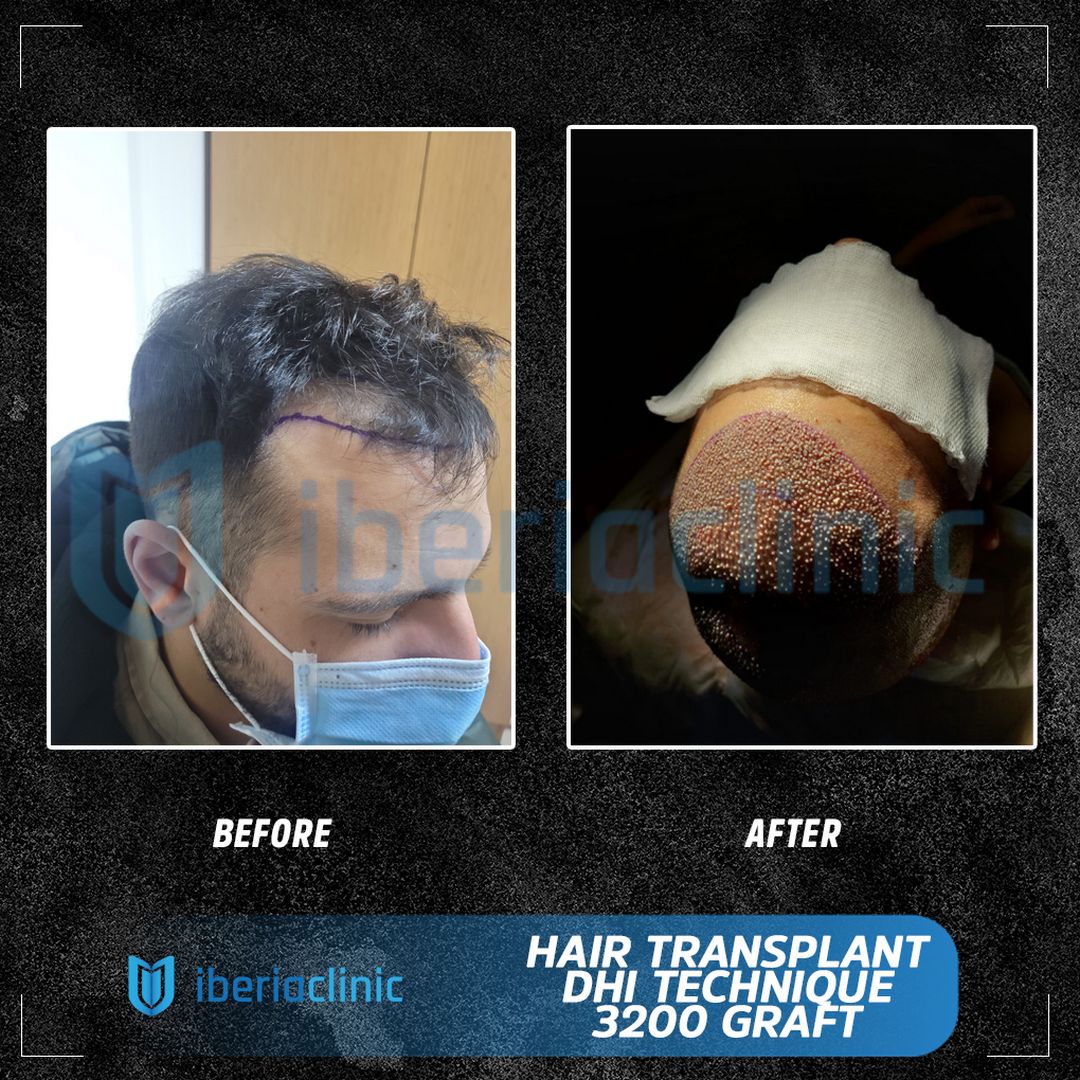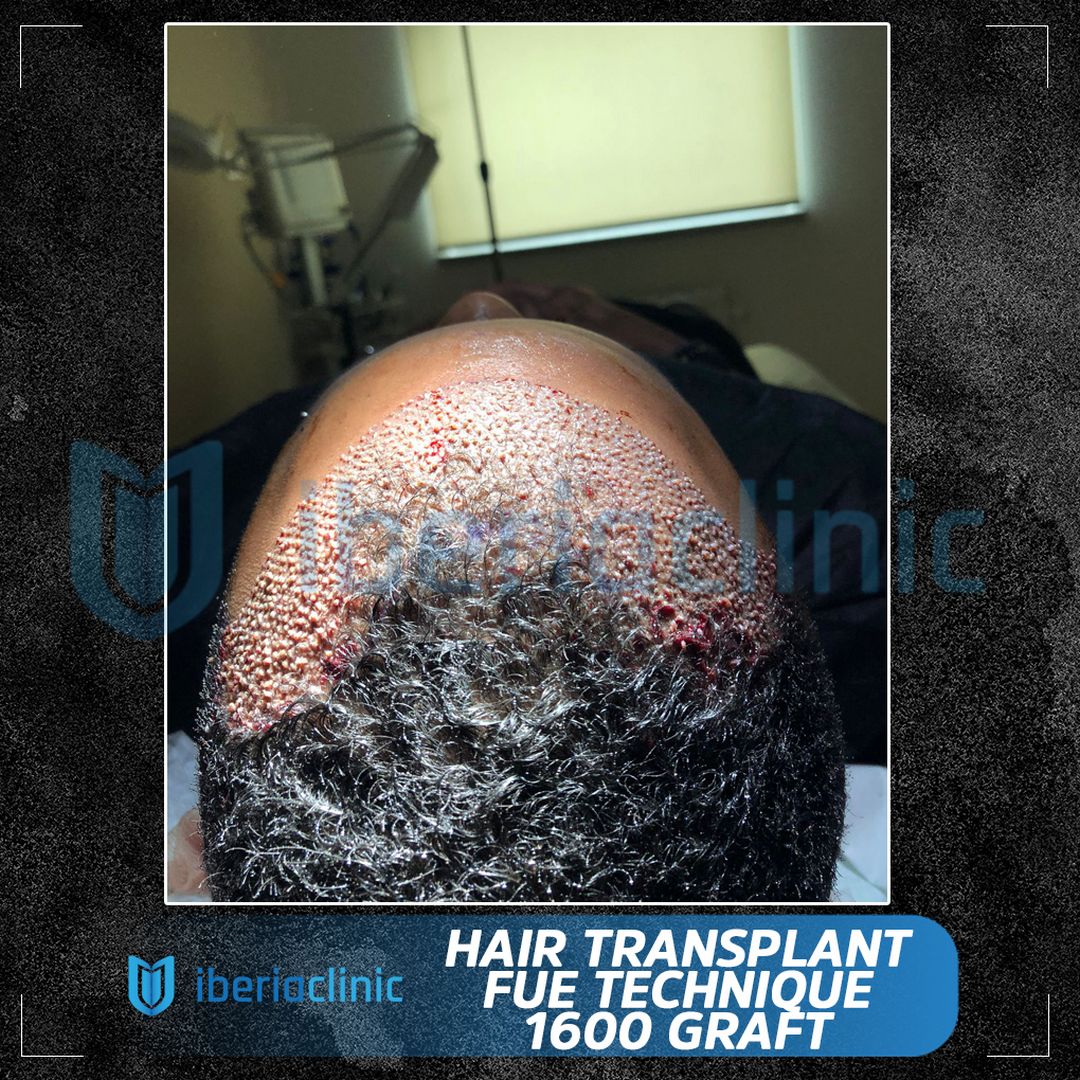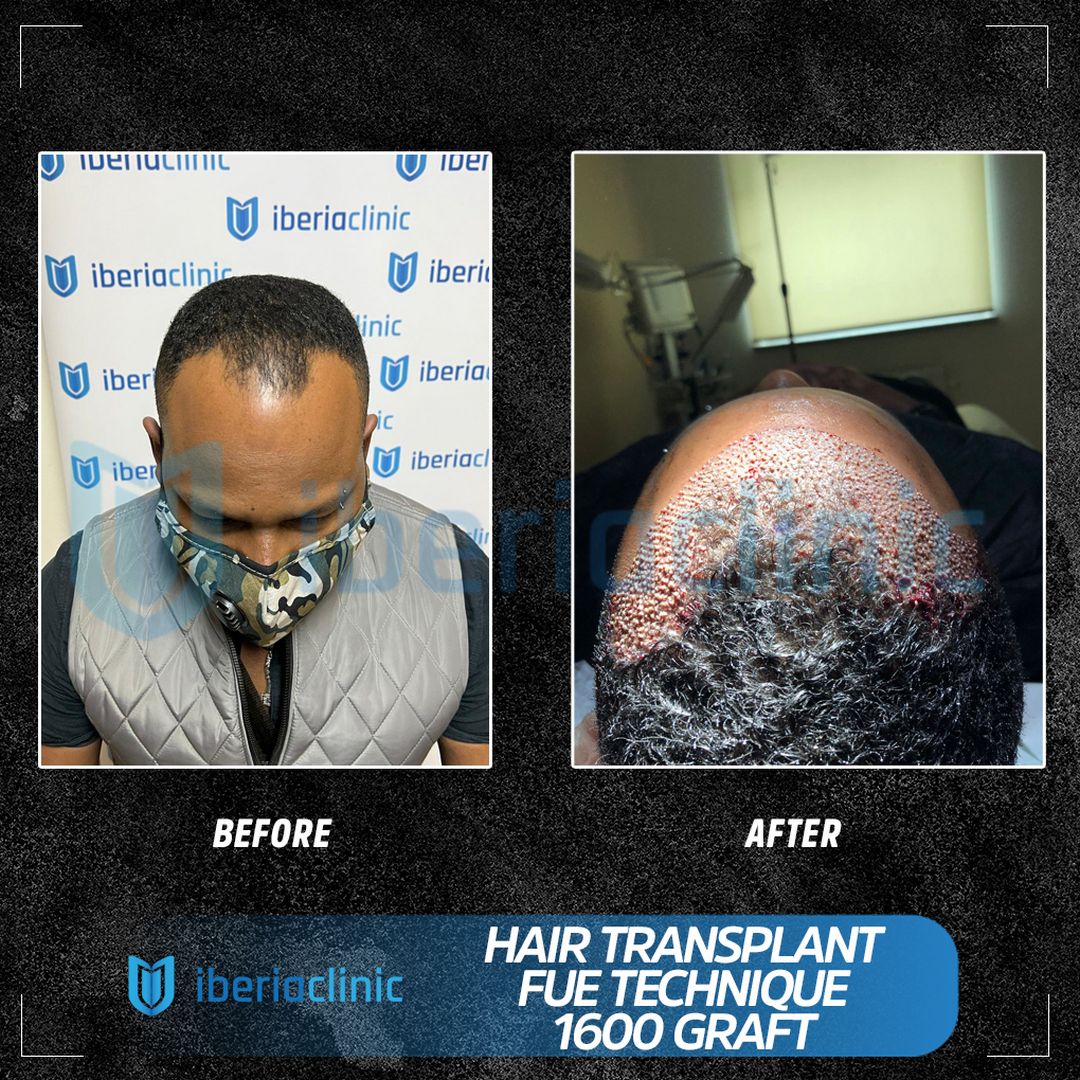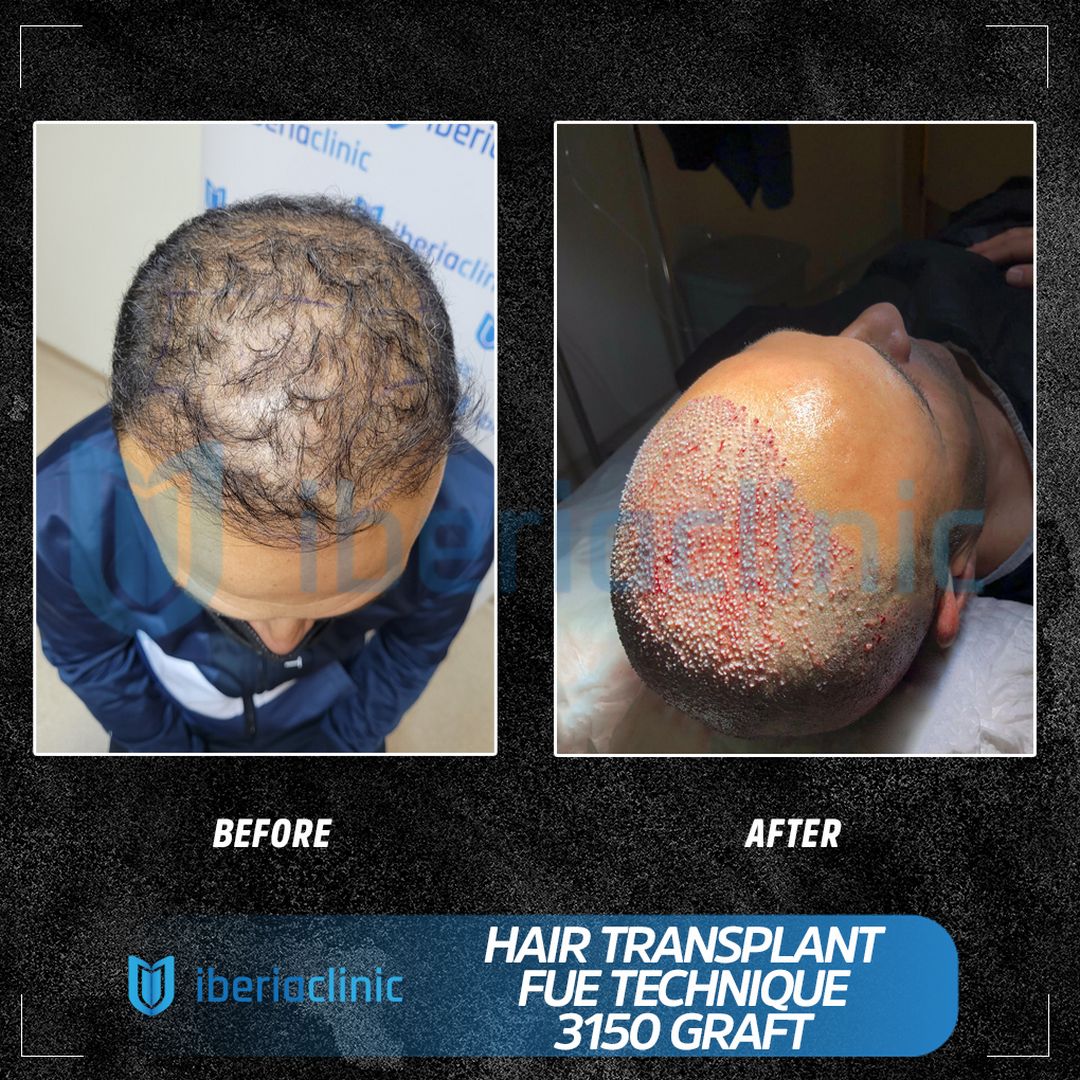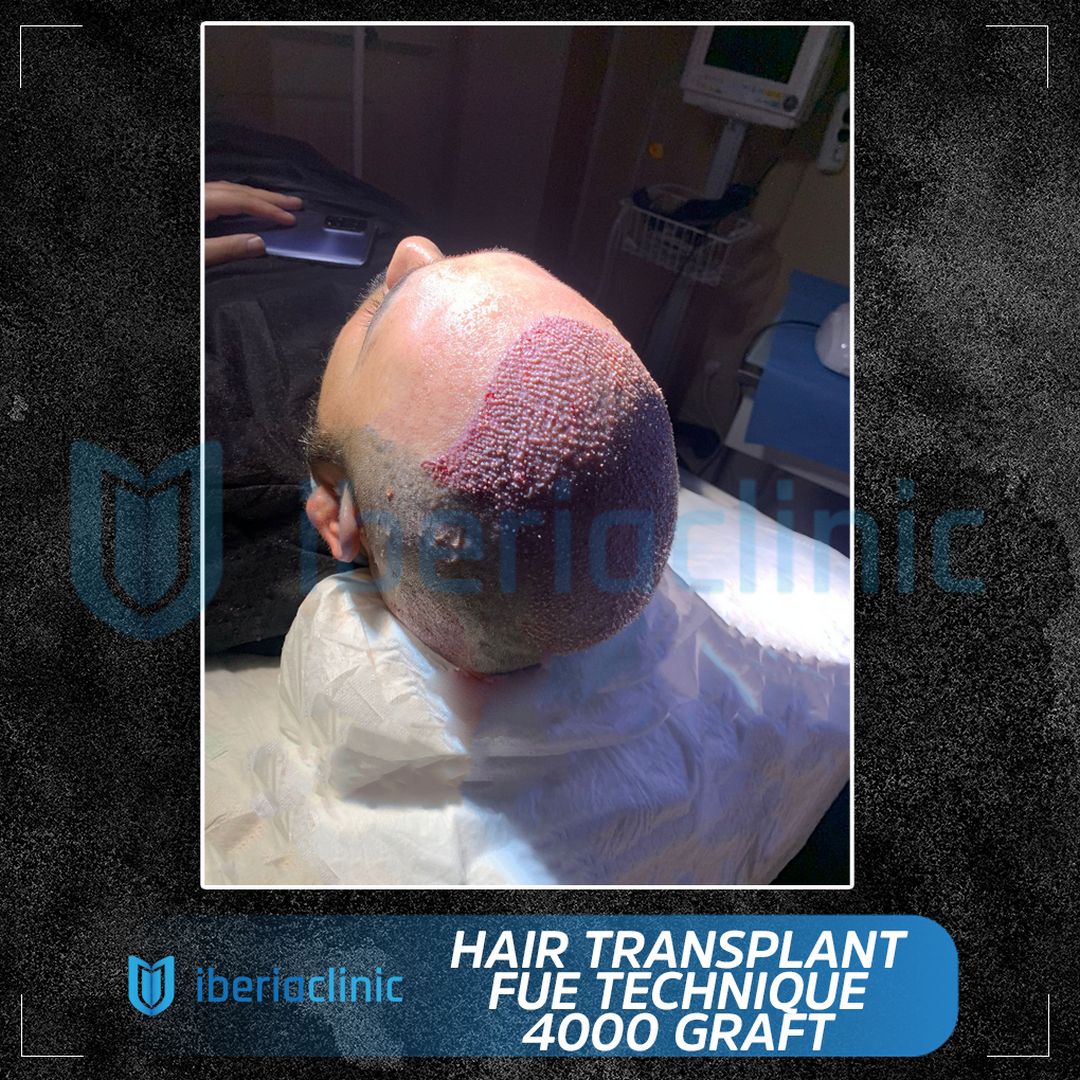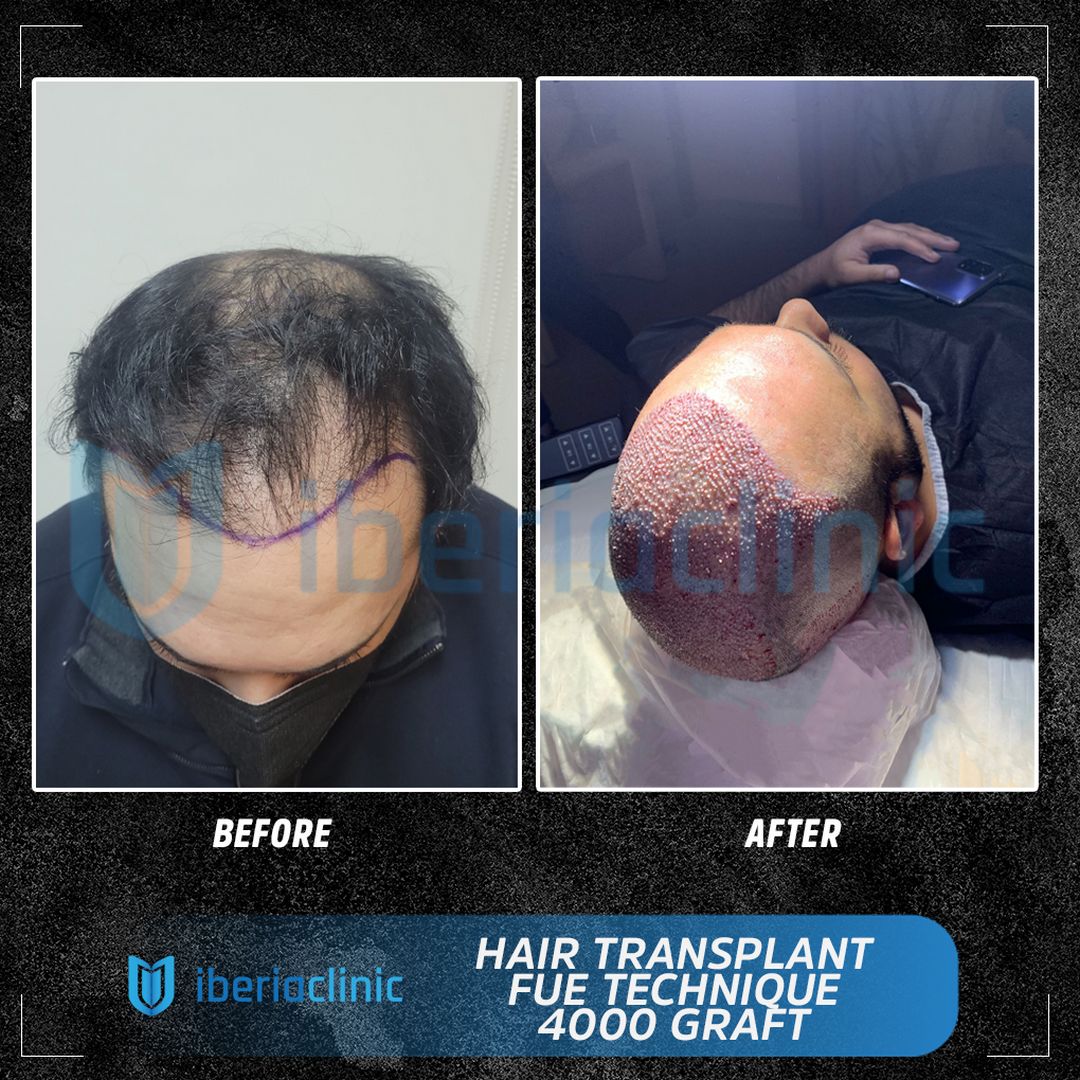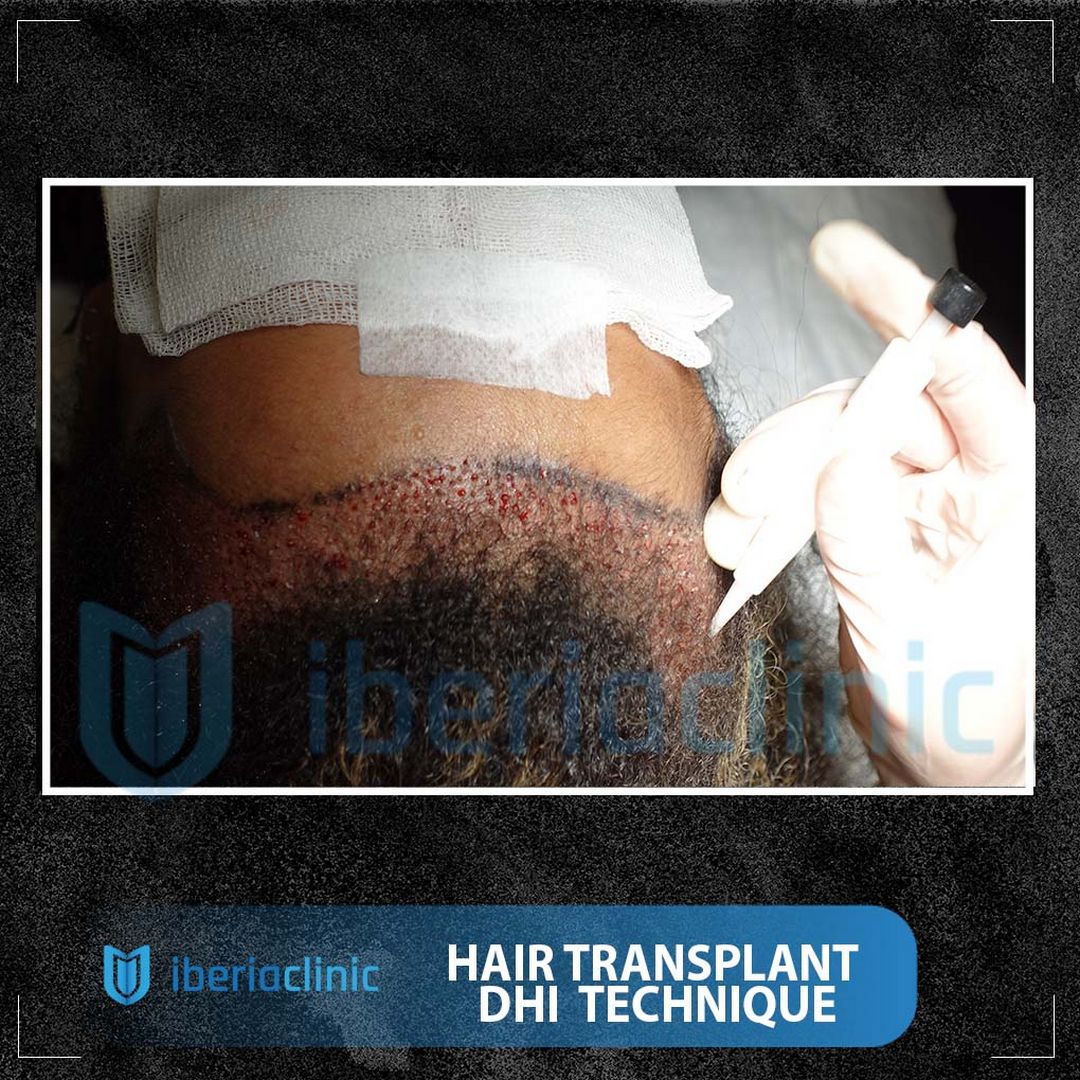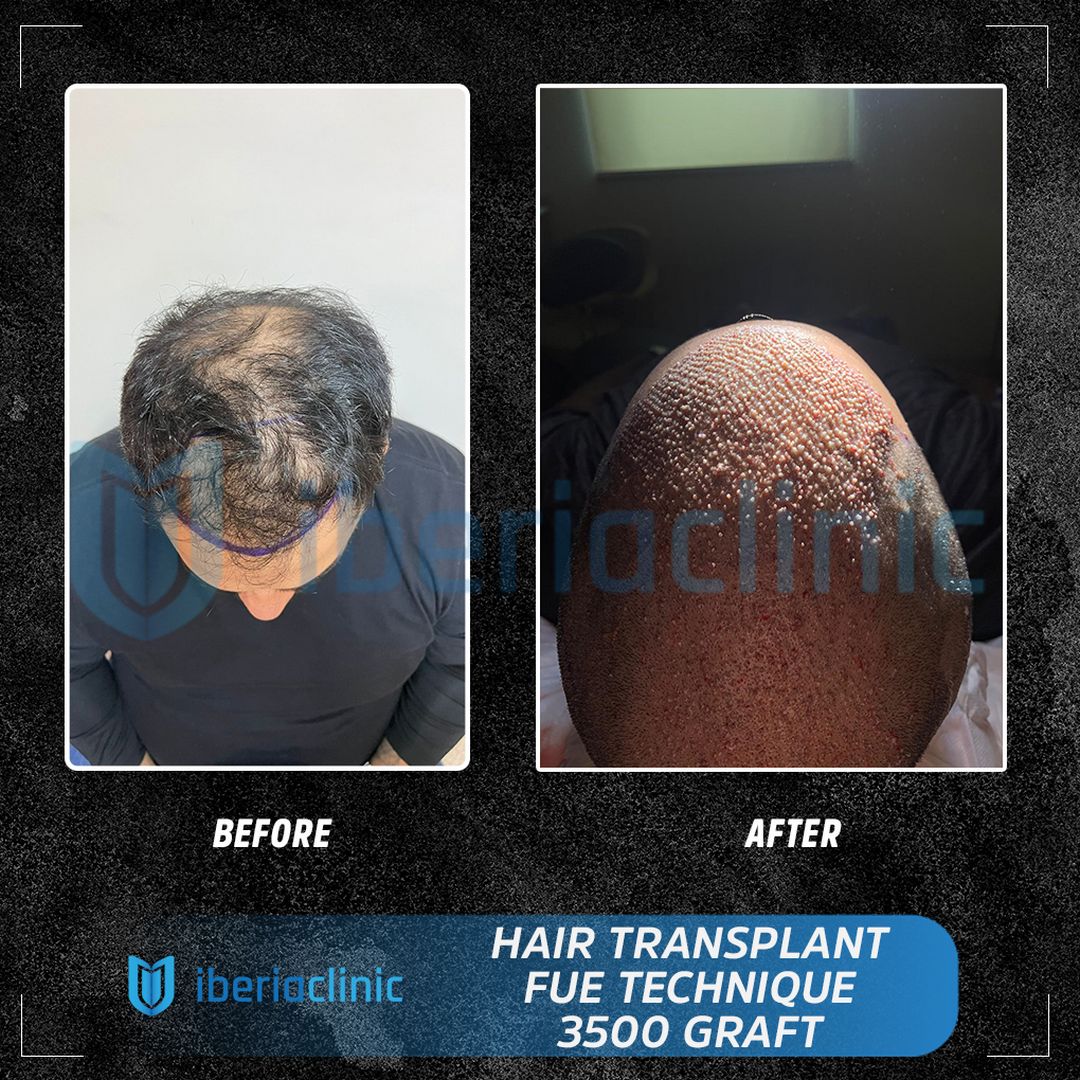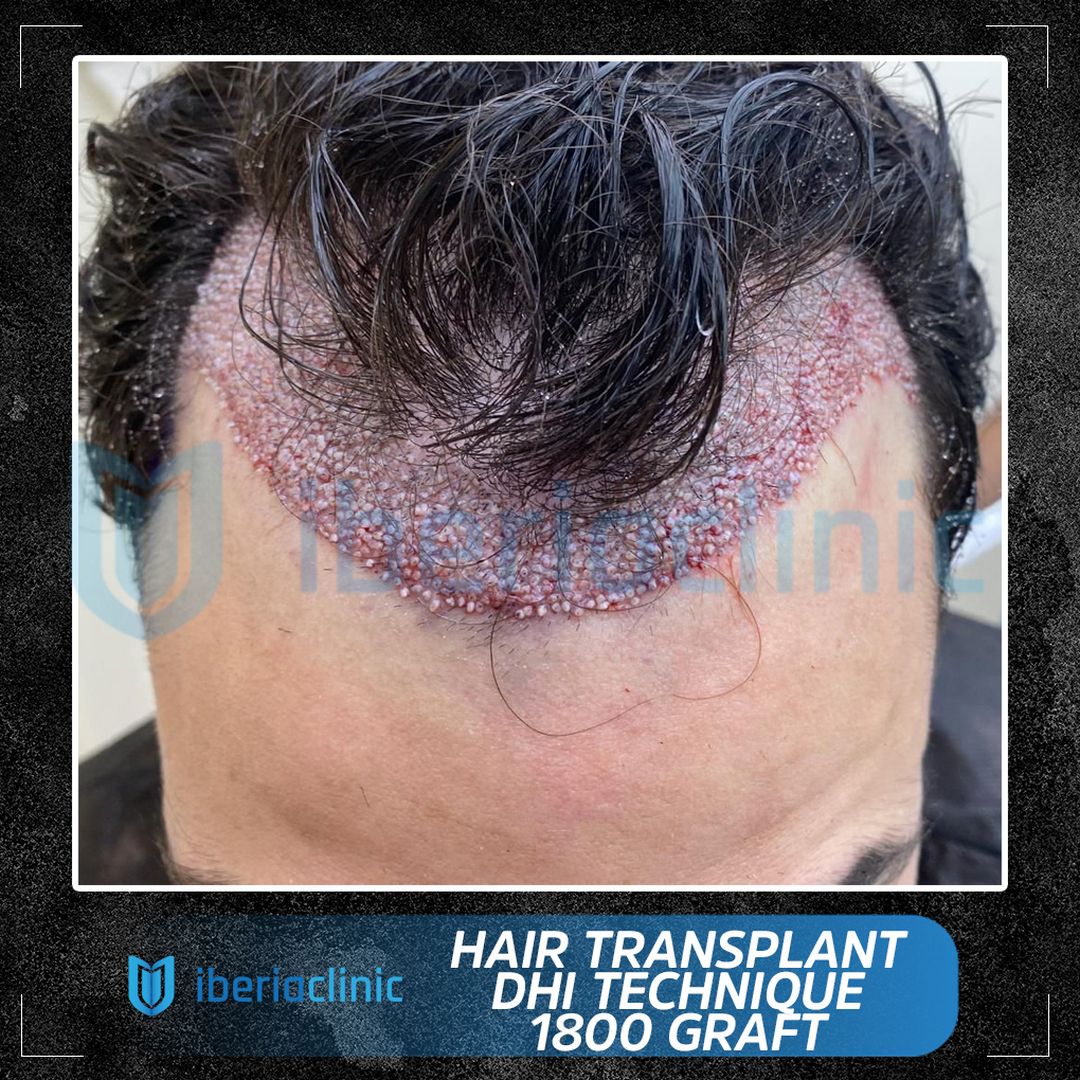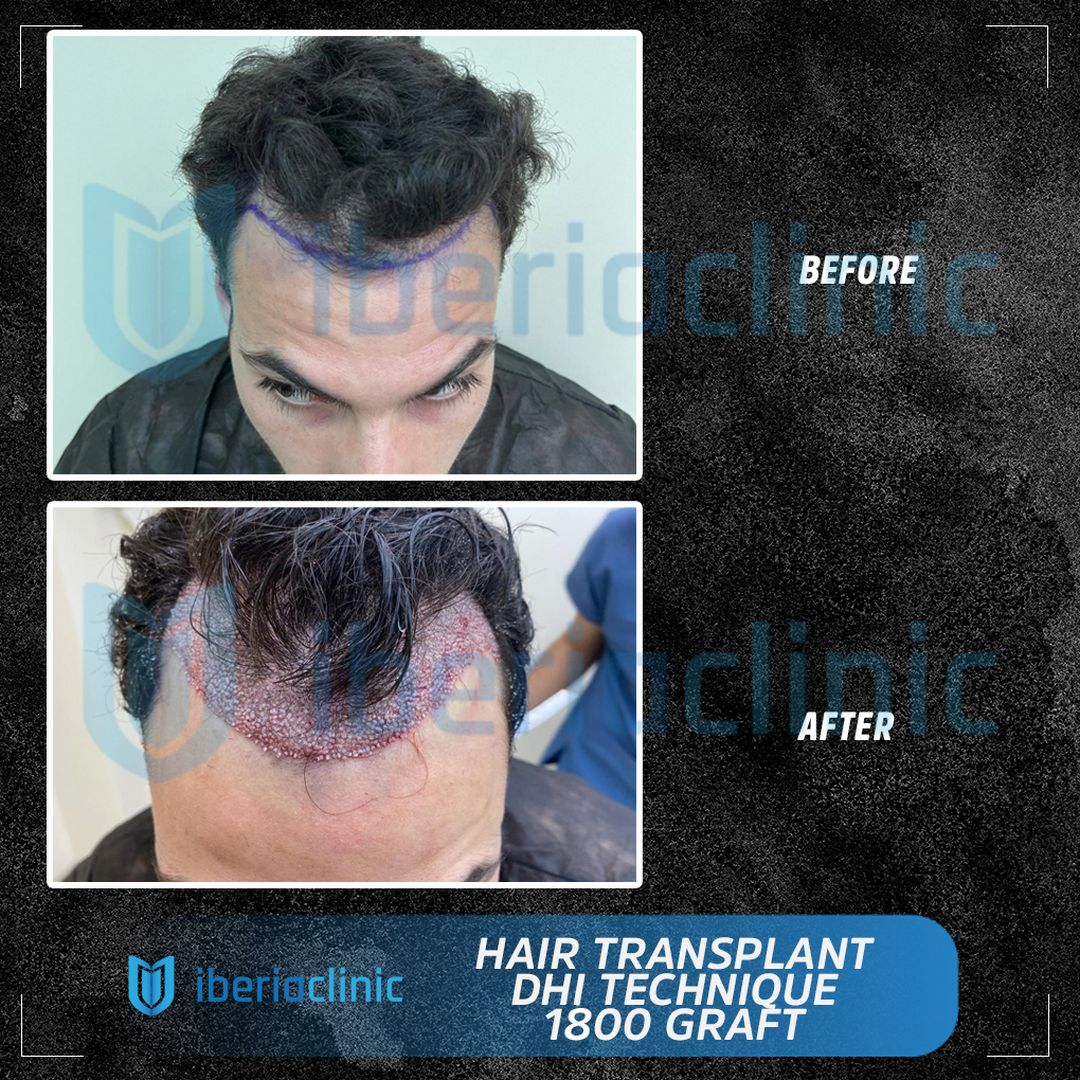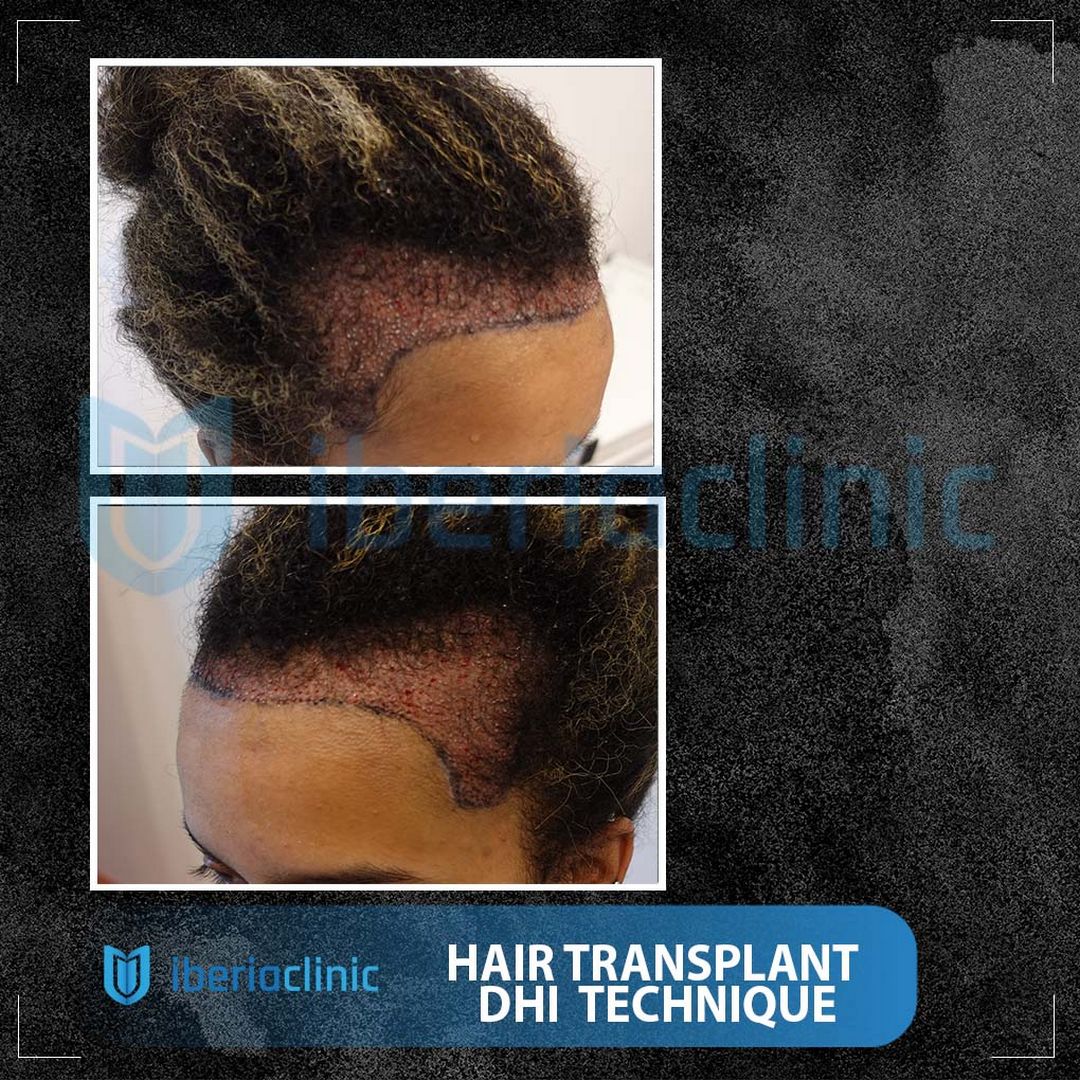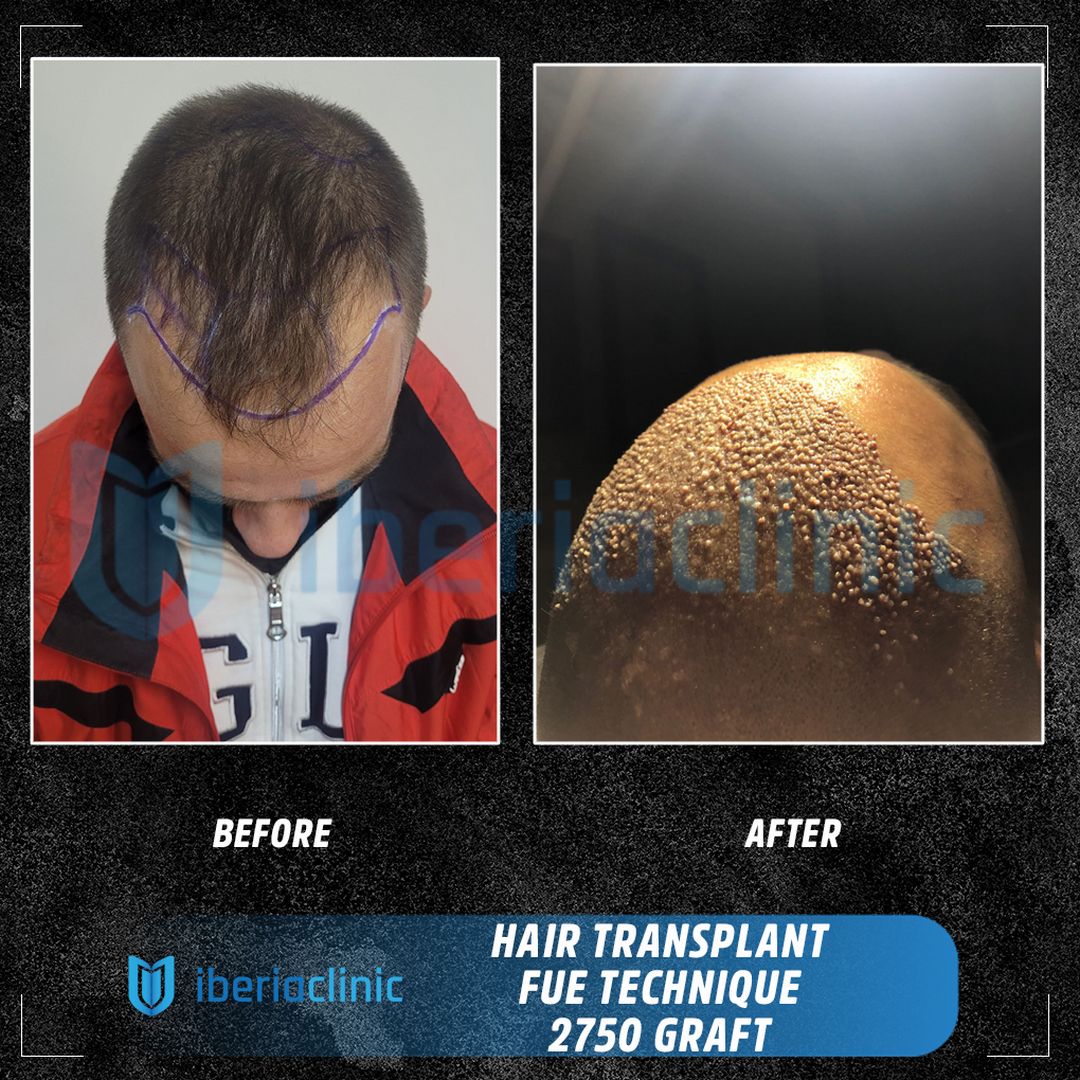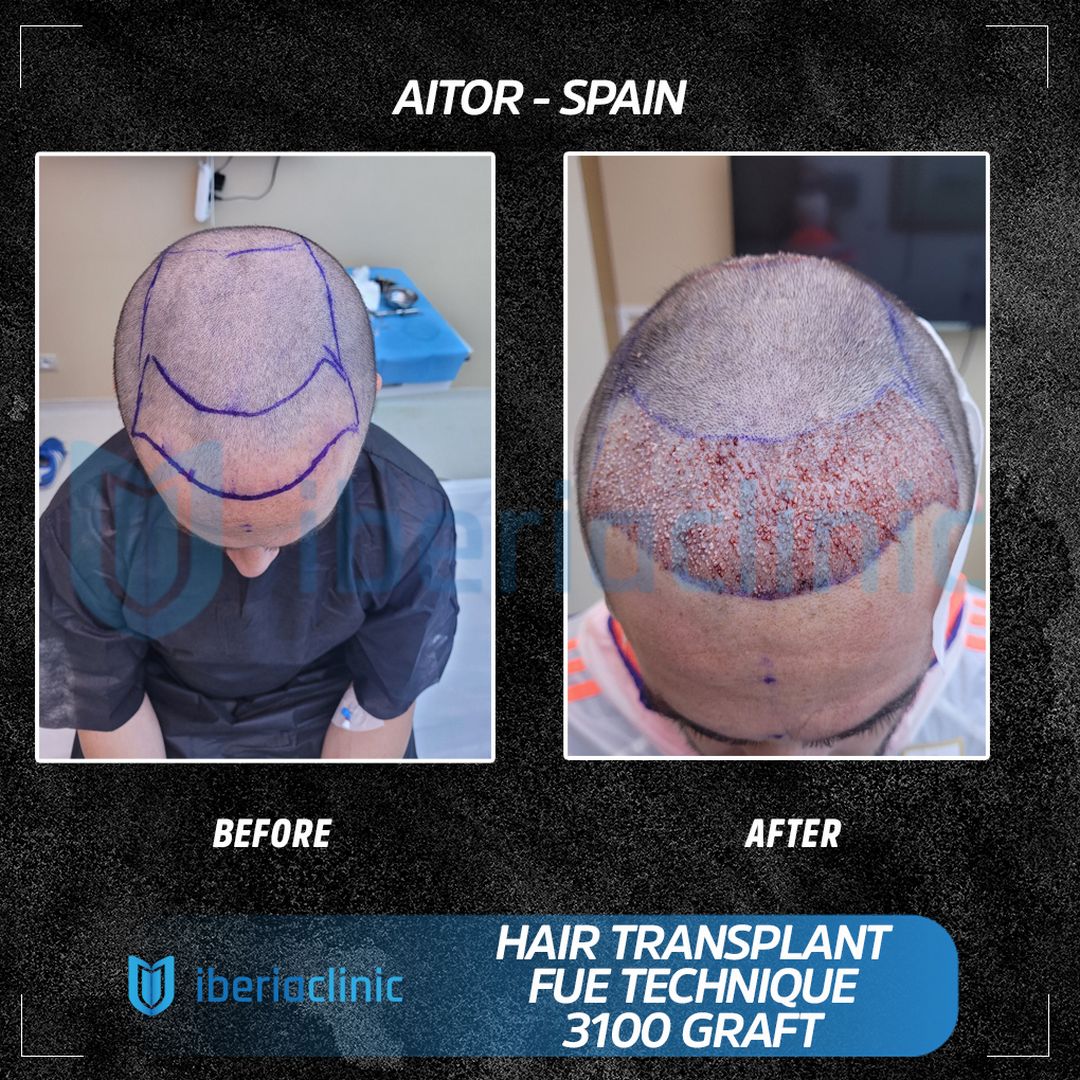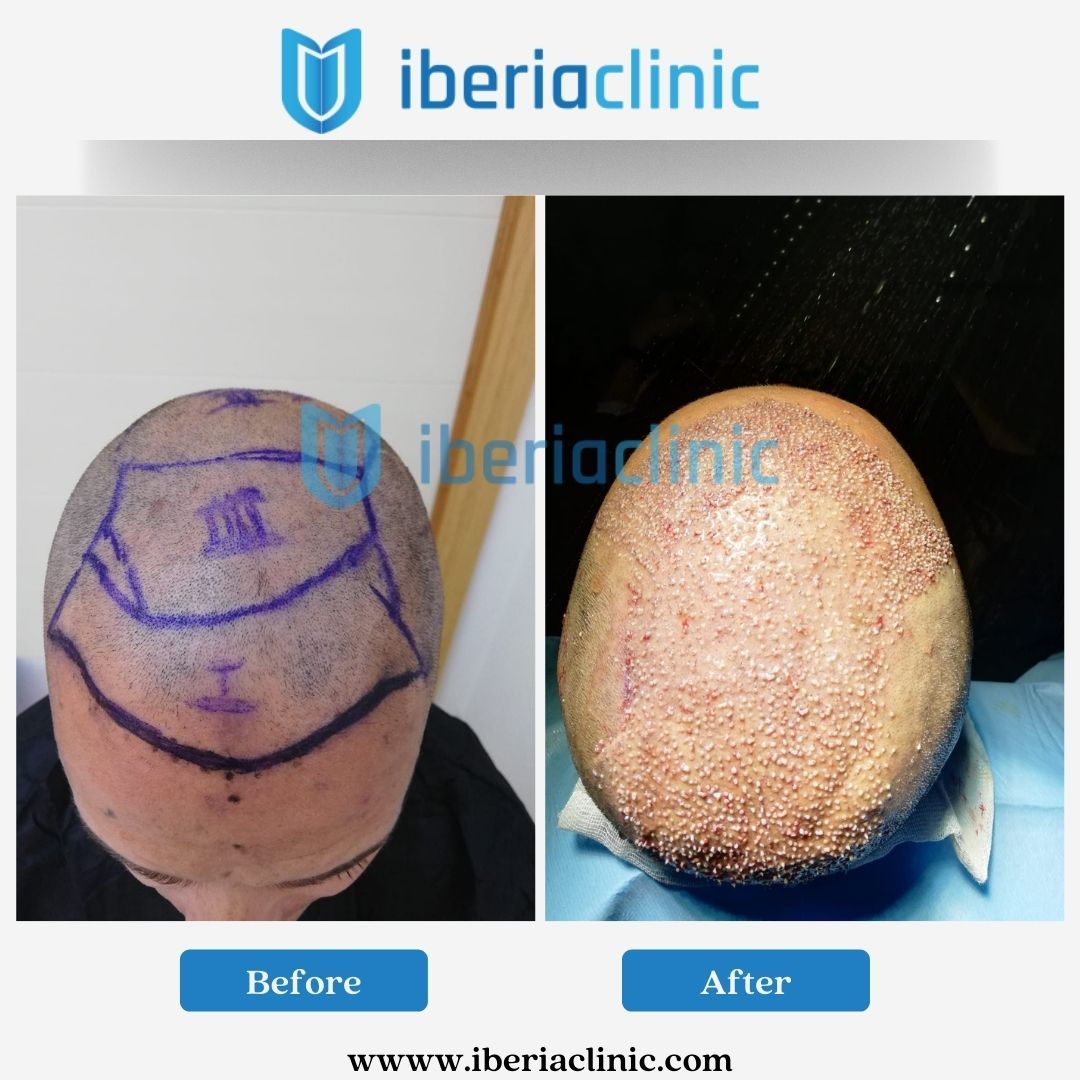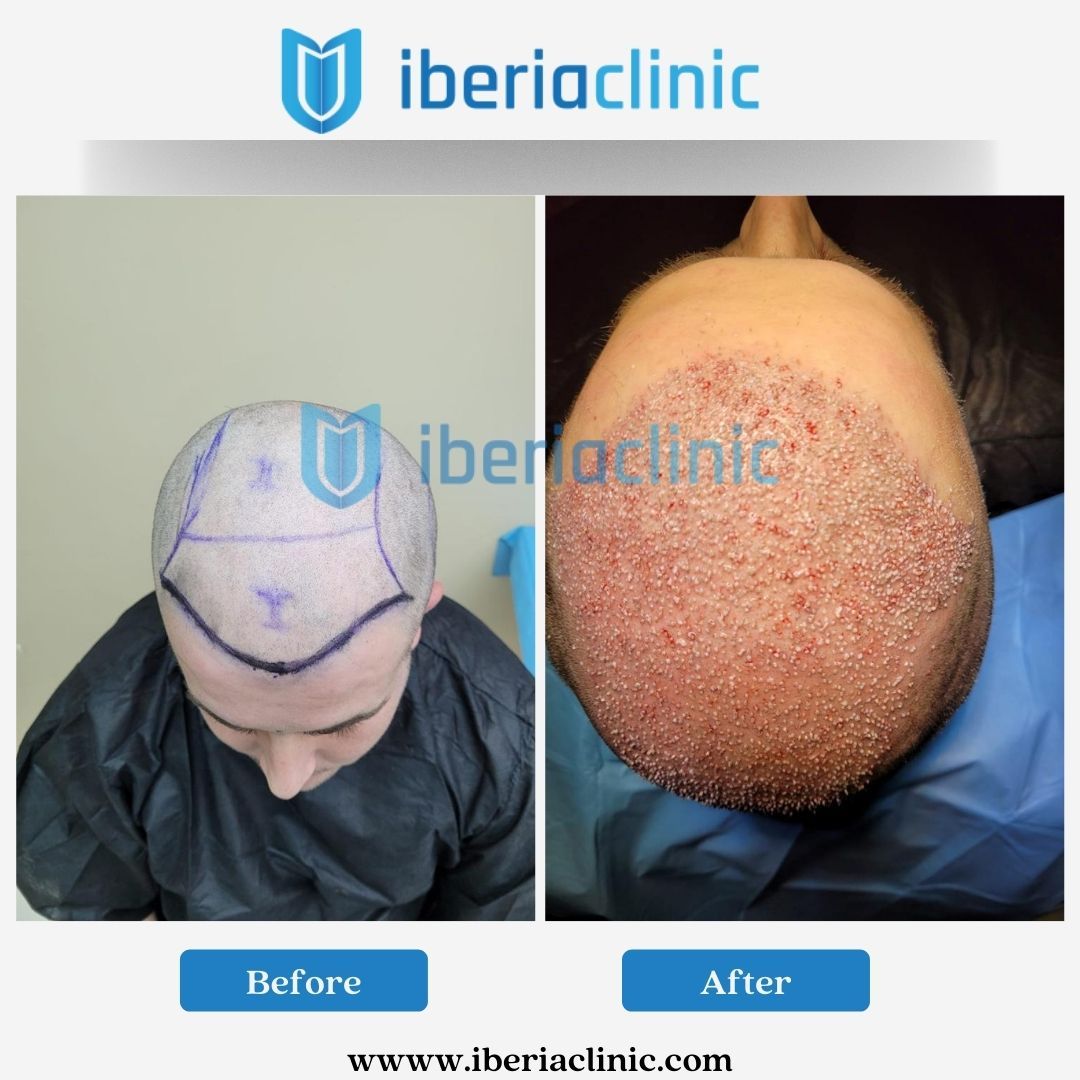The Norwood Scale is a classification system used to describe the stages of male pattern baldness (androgenetic alopecia). It was developed by Dr. O’Tar Norwood in the 1950s and has since become a widely accepted method for describing the extent of hair loss in men.
The Norwood Scale consists of 7 stages, each of which is characterized by a different pattern of hair loss. In the early stages, hair loss is typically minimal, with only minor recession of the hairline. As the condition progresses, more hair is lost, eventually leading to a completely bald crown with hair only remaining on the sides and back of the head.
The Norwood Scale is often used by doctors to assess the degree of hair loss in male patients and to determine the most appropriate course of treatment. It can also be a useful tool for men who are experiencing hair loss to better understand their condition and track its progression over time.
A Norwood type 7 is the most severe delineation of male-pattern hair loss. Not everyone who has hair-loss will get to a stage 7 as genetic factors may mean that you remain at one of the other six stages.
Iberia Clinic Focused of a Hair Loss In Istanbul, Turkey.
If you are worried about hair loss you can arrange a free consultation with a hair loss expert or complete our Online Consultation from anywhere in the world.
How Many Grafts Do I Need?
Norwood 1 scale is the control stage. No signs of male pattern baldness are observed at this stage and the original shape of the hairline is preserved.
Stage 1 solution: If the patient is concerned about hair loss, topical or oral medications can be taken to maintain the density.
Hair transplant can be realized for to reshape the hairline, if necesarry.
Norwood 2, the first signs of male pattern baldness become visible and the temples deepen slightly and the hairline recedes up from the brow crease.
Stage 2 solution: If the hair loss is stabilised, 1000 to 1500 hair grafts can be transplanted to achieve the desired hairline. If not, the density can be maintained by using topical or oral medications.
Norwood 3 is the stage when men start to worry about the look of their hair. Depending on the genetics, the hairline can start to take a V, M, or U shape.
Stage 3 solution: The patient may start considering a hair transplant operation at that stage as medications cannot be enough to maintain the hairline. 2000 Grafts may be sufficient to obtain a dense and natural hairline.
Norwood 4, very deep hairline recession and a loss of hair at the top of your vertex (crown). If no significant hair loss is observed at the top of the head, the hairline might take a deeper U shape.
Stage 4 solution: this stage requires a minimum of 3000 grafts for full coverage. If the donor area is strong and hair loss is stabilised up to 4000 hair grafts can be implanted to obtain a dense look.
Norwood 5 scale is considered as an advanced stage of baldness in men. A more rapid and severe hair loss is observed.
Stage 5 solution: This stage requires a minimum of 3500 grafts for a strong front line and 4000 grafts for full coverage. If the donor area is healthy and strong, 5000 hair grafts can be transplanted to achieve a natural and dense look.
Norwood 6, is an advanced stage of going bald. The band of hair between two bald areas disappears or becomes hard to notice. A large bold area at the top of the head can be observed.
Stage 6 solution: This stage requires a healthy and strong donor area and a minimum of 4500 grafts to achieve a natural front line. Up to 6000 grafts can be transplanted in 2 sessions for full coverage.
Norwood 7 is the last and most severe stage of male pattern baldness. Only sparse and weak hair around the sides is left while the top is completely bald.
Stage 7 solution: Minimum of 7000 grafts are needed for full coverage however getting more than 6000 grafts is not suitable for all patients. The results will depend largely on how much hair the patient has left in their donor area.
Why IBERIA CLINIC
 Change Your Life Lorever
Change Your Life Lorever
Deciding on a physical change is sometimes difficult. If you suffer psychologically and are not happy with your body, with your smile or with your face or hair, do not hesitate to make the decision to change everything forever. As Iberia Clinic we serve you from the beginning to the end to make your dreams come true. Each one of us deserves to be happy and here we fulfill it.
 Trust Our Experts
Trust Our Experts
Iberia Clinic unifies services such as cosmetic surgery, hair transplant, dental treatment, bariatric operation and medical aesthetics under one roof. For each operation they are attended by the surgeon, doctor or dentists with international experience and one of the best in Istanbul. We work with hospitals that have internationally recognized certificates.
 Personalized Attention
Personalized Attention
Our medical consultants are native speakers of their language and thus we can facilitate perfect communication and make them feel at home. When you return to your country we will also keep in touch with you continuously.
 Patient Satisfaction
Patient Satisfaction
Our mission is to satisfy your needs and offer you personalized service and attention, creating a unique experience during your stay in Istanbul. Our success is that our patients are satisfied. In Google Review we have 5 Stars from 320 comments so we can assure you 100% Satisfaction on your trip with Iberia Clinic.
Why IBERIA CLINIC
 Change Your Life Lorever
Change Your Life Lorever
Deciding on a physical change is sometimes difficult. If you suffer psychologically and are not happy with your body, with your smile or with your face or hair, do not hesitate to make the decision to change everything forever. As Iberia Clinic we serve you from the beginning to the end to make your dreams come true. Each one of us deserves to be happy and here we fulfill it.
 Trust Our Experts
Trust Our Experts
Iberia Clinic unifies services such as cosmetic surgery, hair transplant, dental treatment, bariatric operation and medical aesthetics under one roof. For each operation they are attended by the surgeon, doctor or dentists with international experience and one of the best in Istanbul. We work with hospitals that have internationally recognized certificates.
 Personalized Attention
Personalized Attention
Our medical consultants are native speakers of their language and thus we can facilitate perfect communication and make them feel at home. When you return to your country we will also keep in touch with you continuously.
 Patient Satisfaction
Patient Satisfaction
Our mission is to satisfy your needs and offer you personalized service and attention, creating a unique experience during your stay in Istanbul. Our success is that our patients are satisfied. In Google Review we have 5 Stars from 320 comments so we can assure you 100% Satisfaction on your trip with Iberia Clinic.
How Is Male Pattern Baldness Diagnosed?
Male pattern baldness, also known as androgenetic alopecia, is typically diagnosed by a dermatologist or a doctor with expertise in hair loss. Here are some of the steps involved in the diagnosis process:
Physical Examination: The doctor will typically start with a physical examination of your scalp and hair. They will look for signs of hair thinning or balding, as well as any underlying conditions that may be contributing to your hair loss.
Medical History: The doctor may ask you questions about your medical history, including any family history of baldness, past illnesses or surgeries, and current medications.
Hair Pull Test: The doctor may perform a hair pull test, which involves gently pulling on a small amount of hair to see how many hairs come out. This can help determine if your hair loss is due to male pattern baldness or another type of hair loss.
Scalp Biopsy: In some cases, the doctor may perform a scalp biopsy to examine a small sample of skin from your scalp under a microscope. This can help determine if there are any underlying medical conditions that may be causing your hair loss.
Overall, a combination of physical examination, medical history, and diagnostic tests can help diagnose male pattern baldness. If you are concerned about hair loss, it’s important to see a doctor or dermatologist for an accurate diagnosis and appropriate treatment plan.
Before After Results
Related Posts

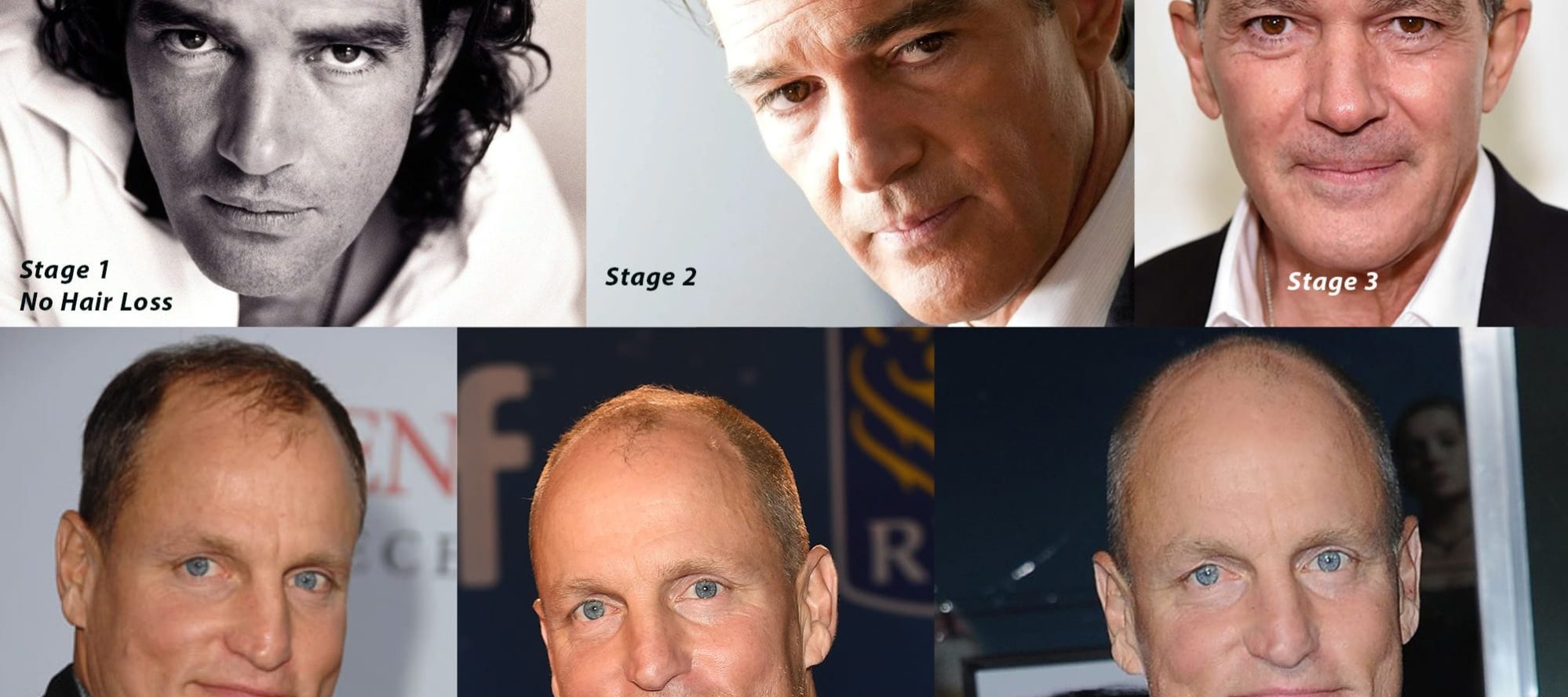





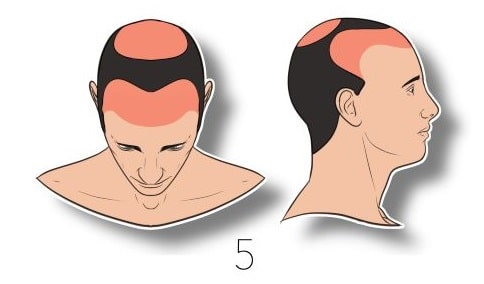

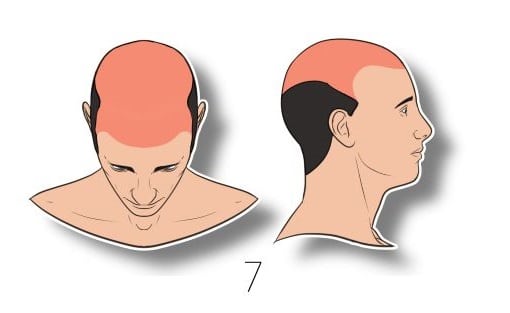
 Change Your Life Lorever
Change Your Life Lorever Trust Our Experts
Trust Our Experts Personalized Attention
Personalized Attention Patient Satisfaction
Patient Satisfaction